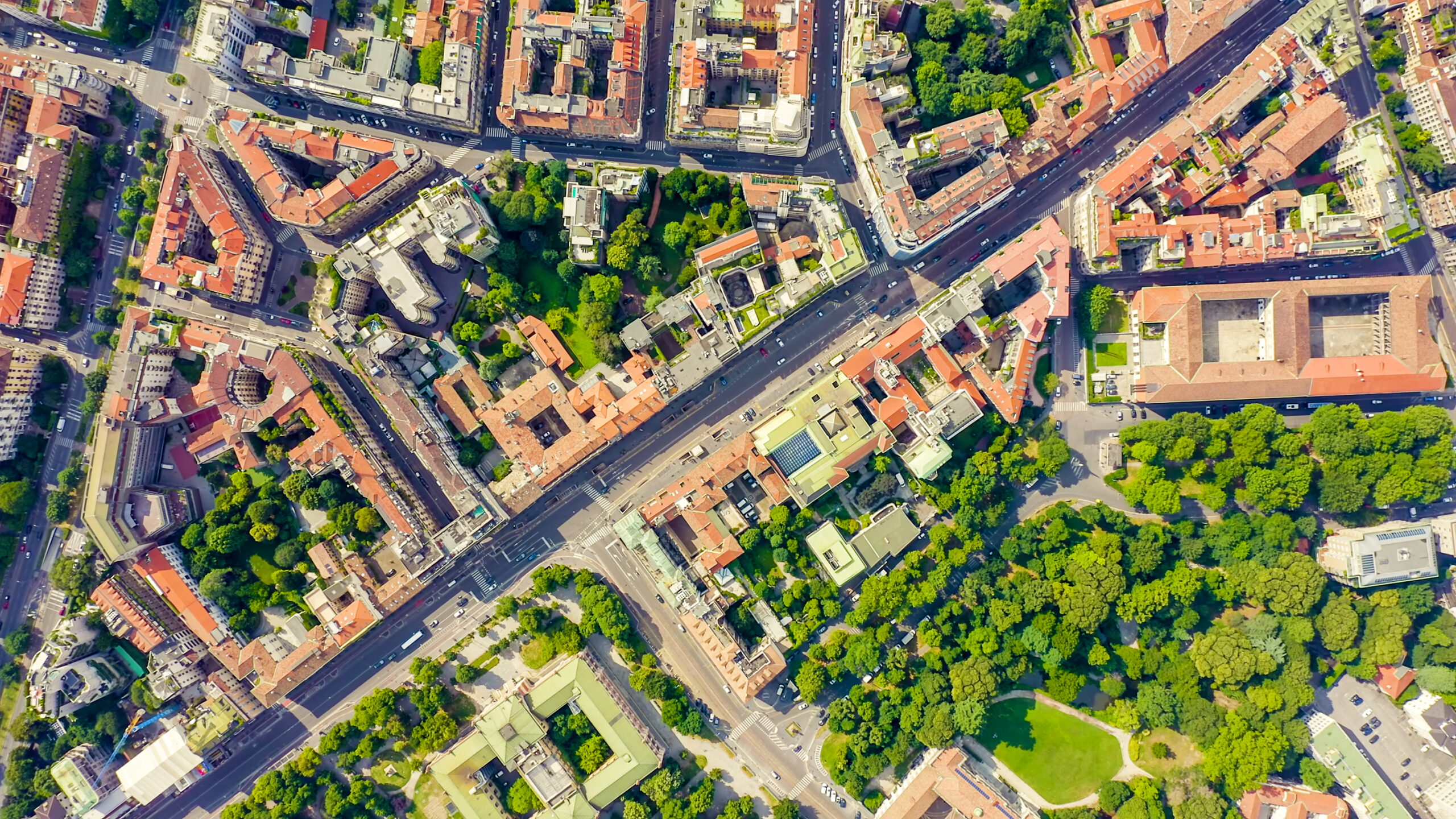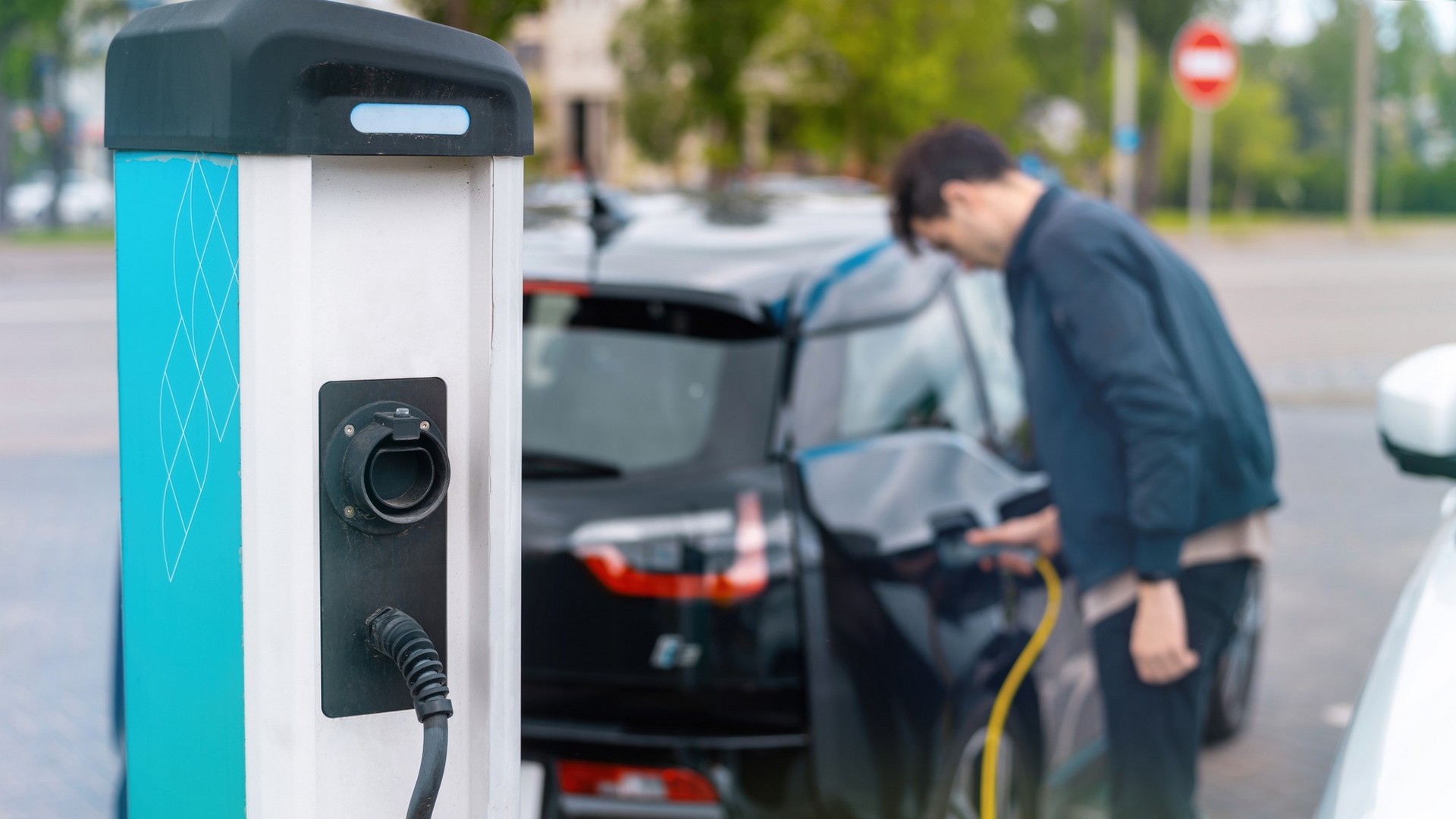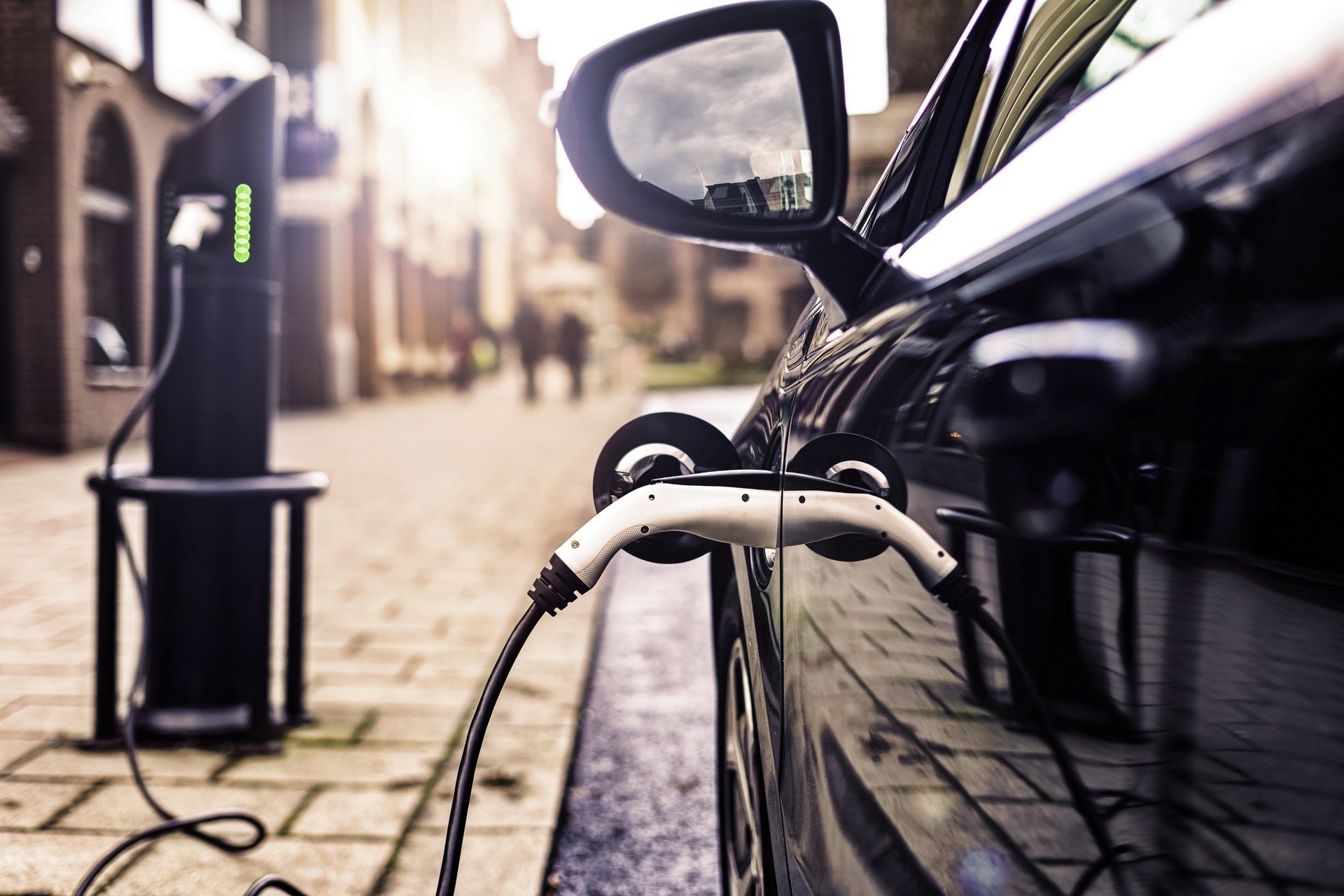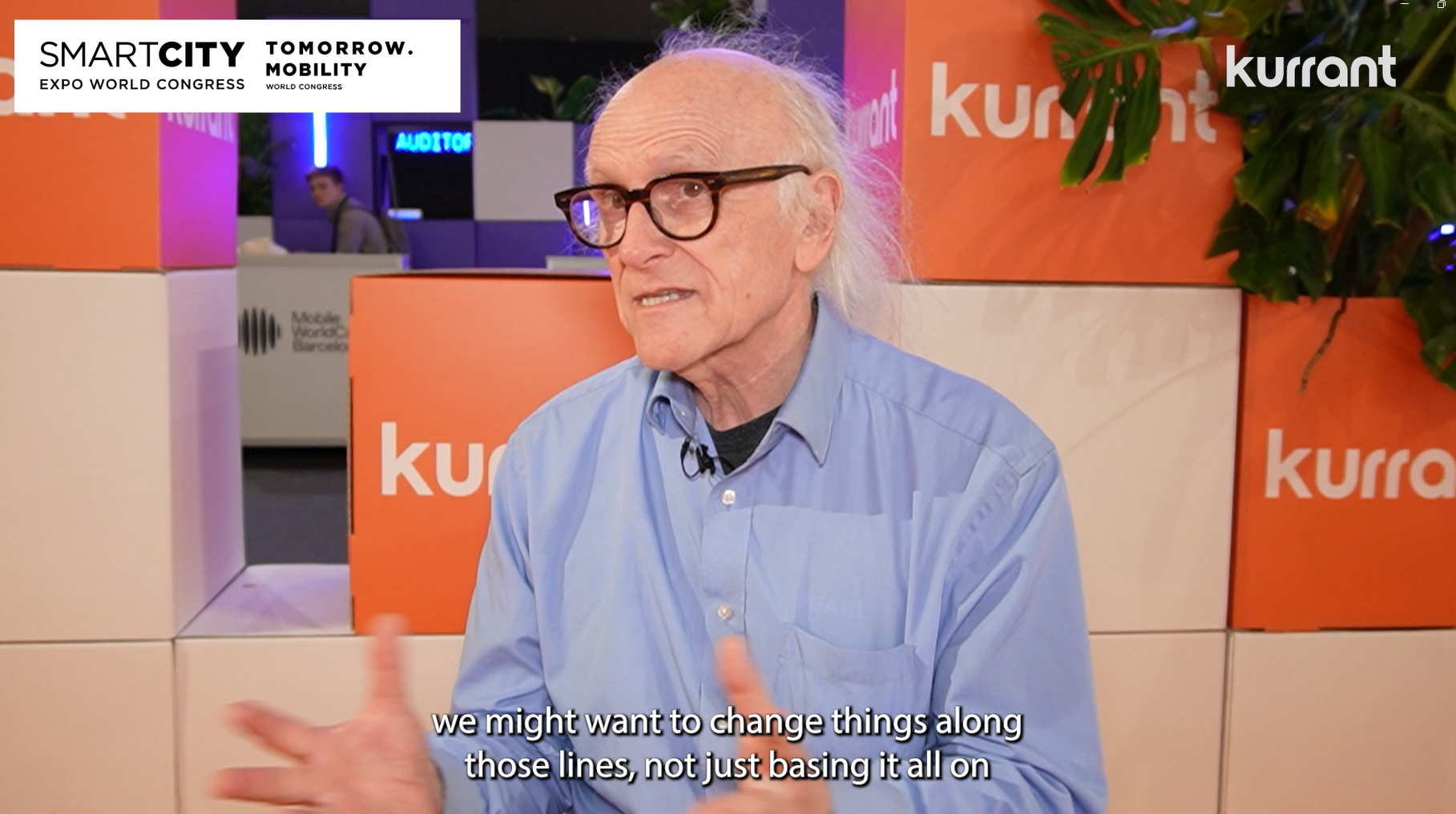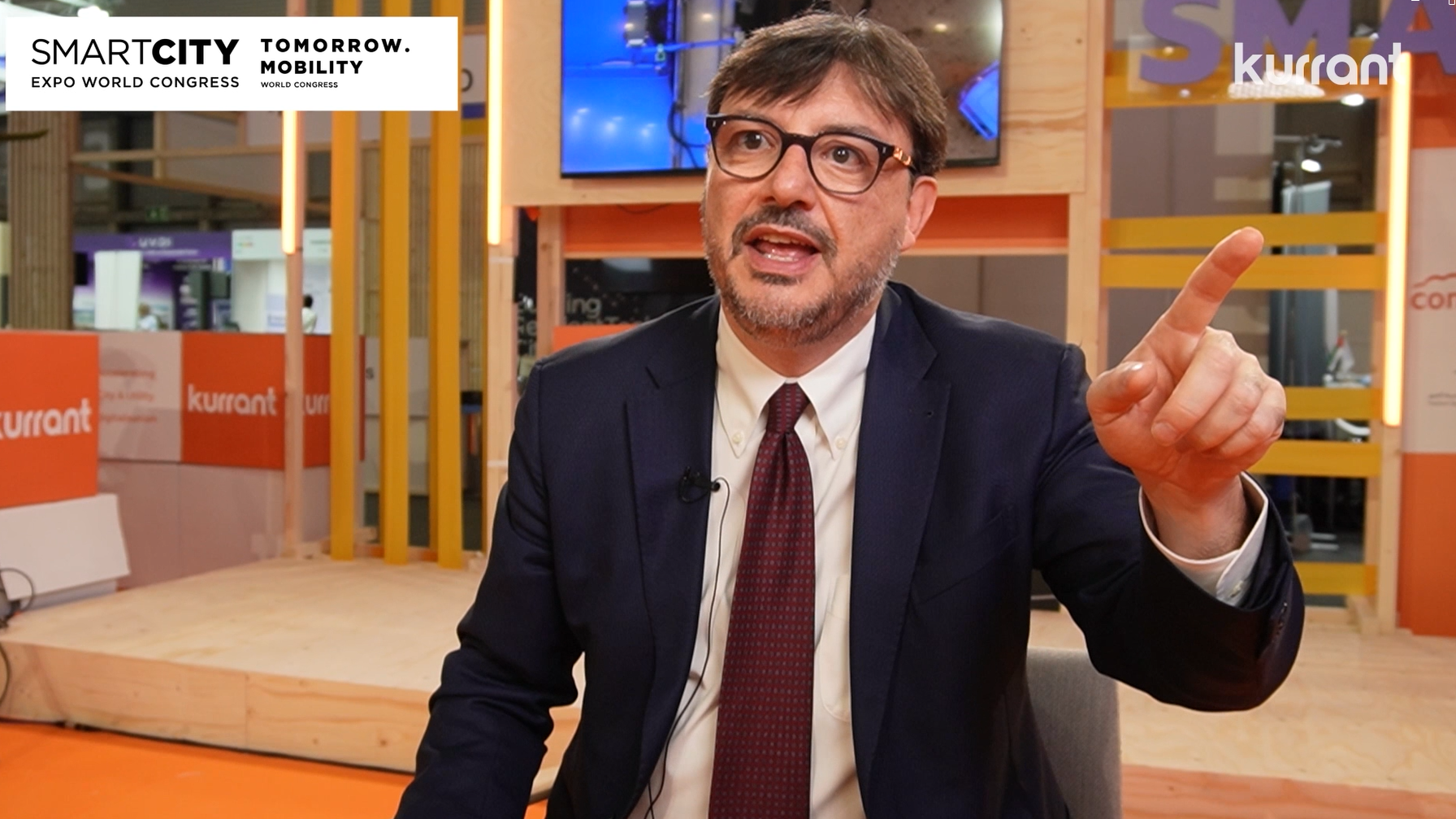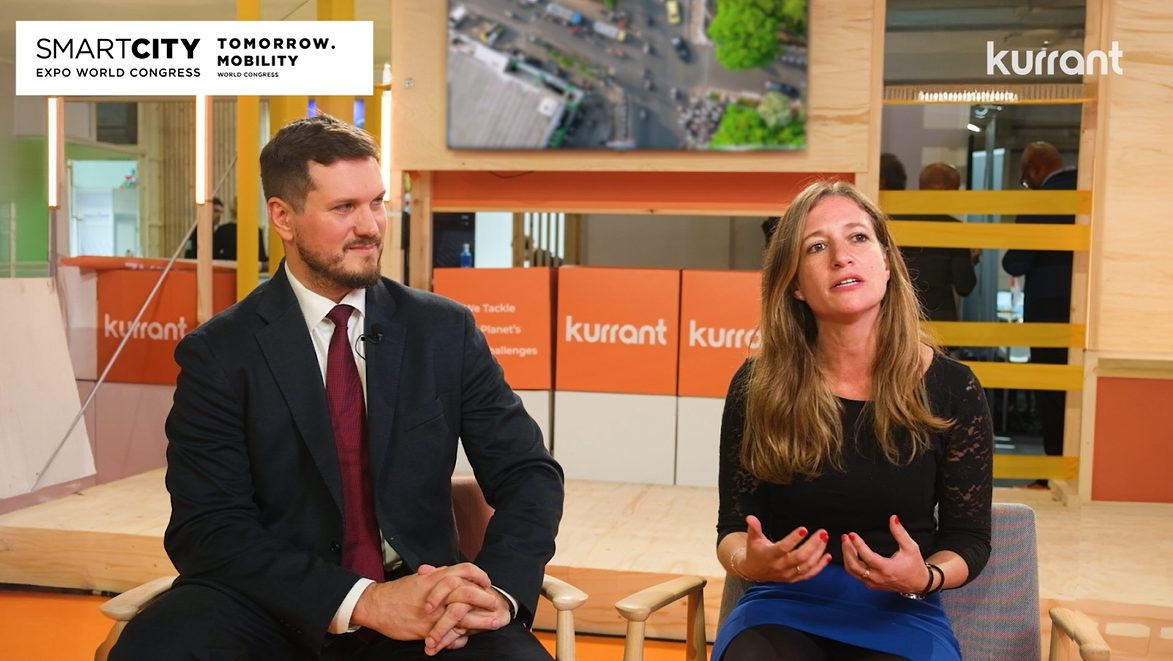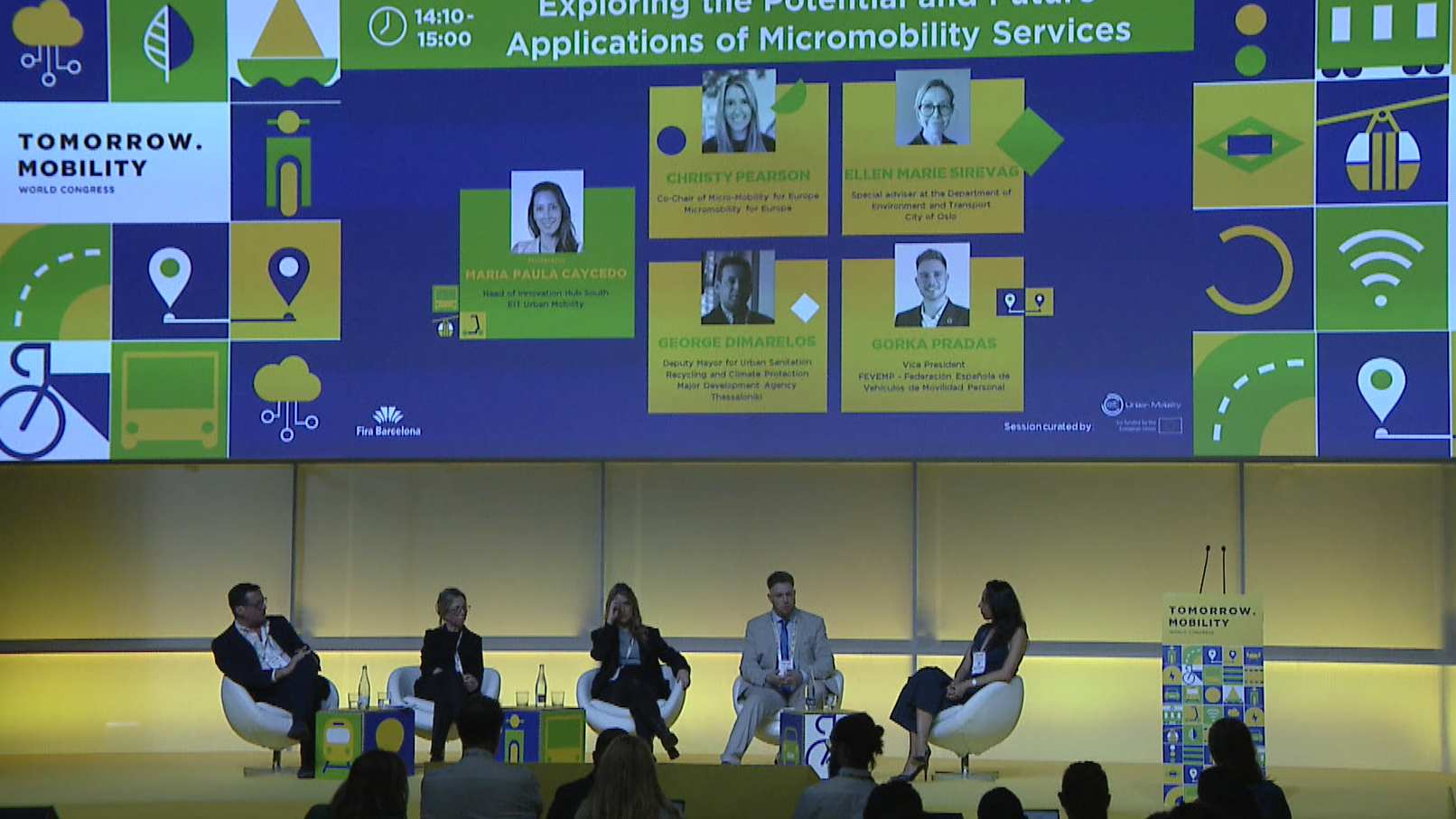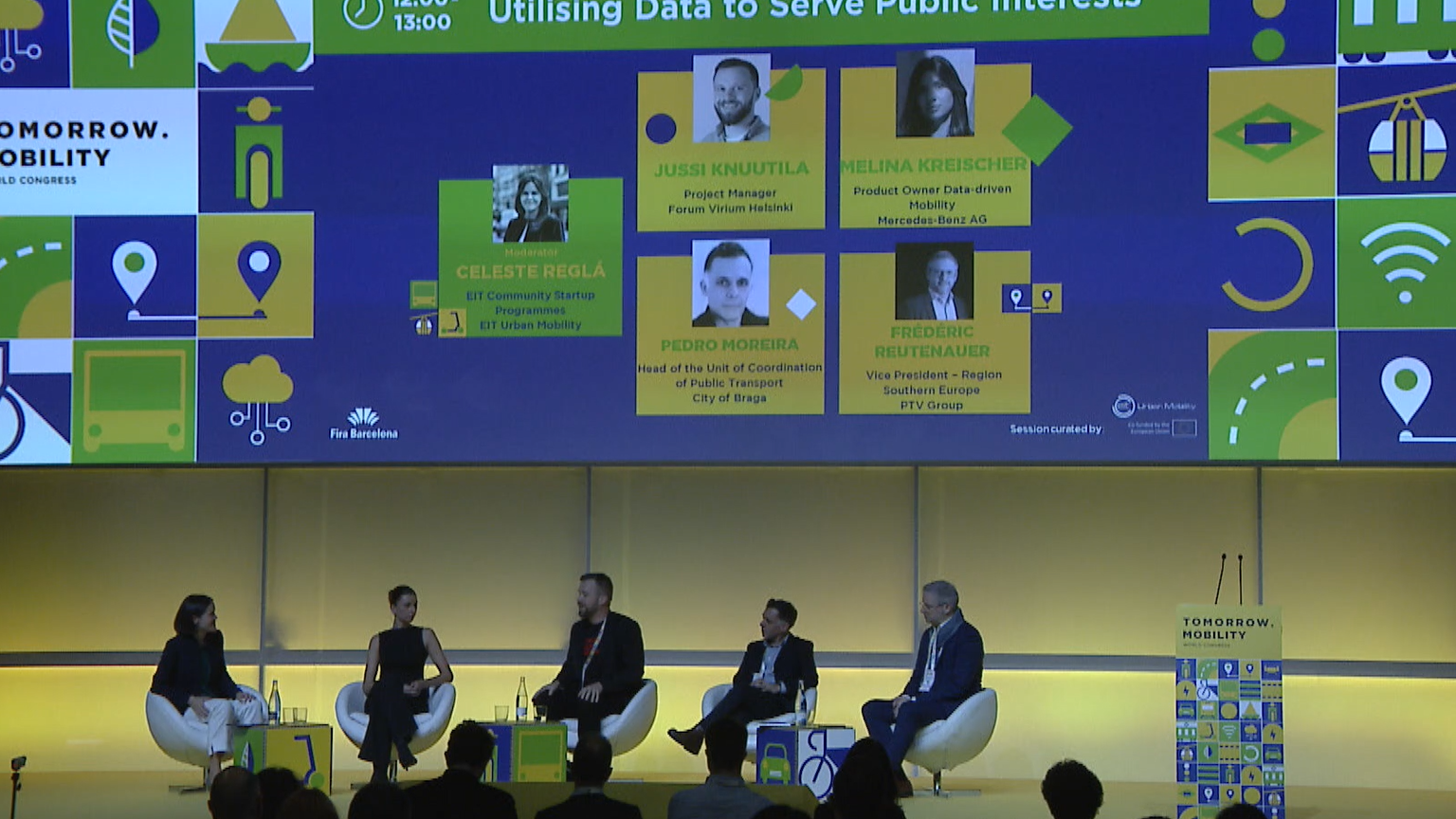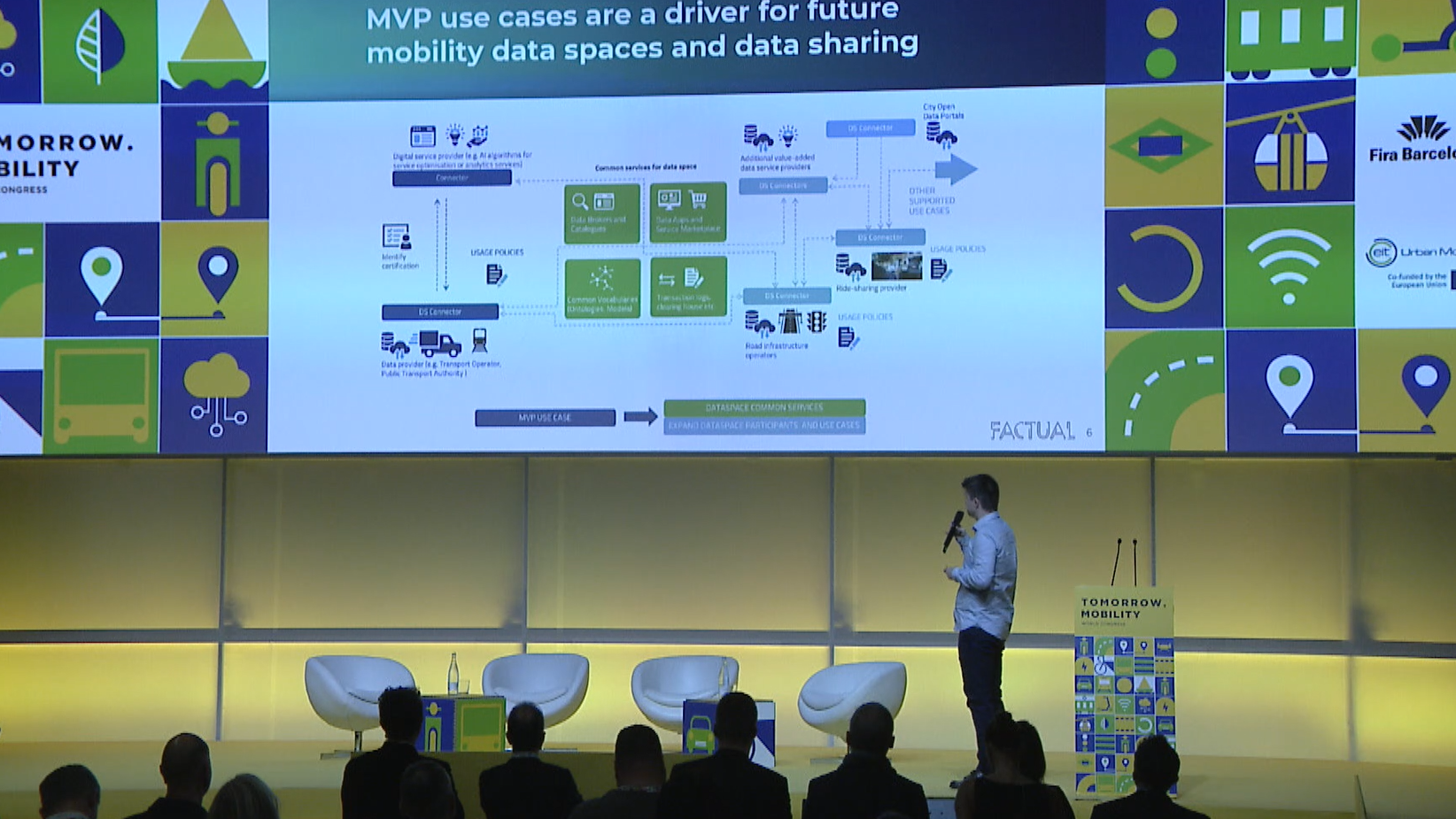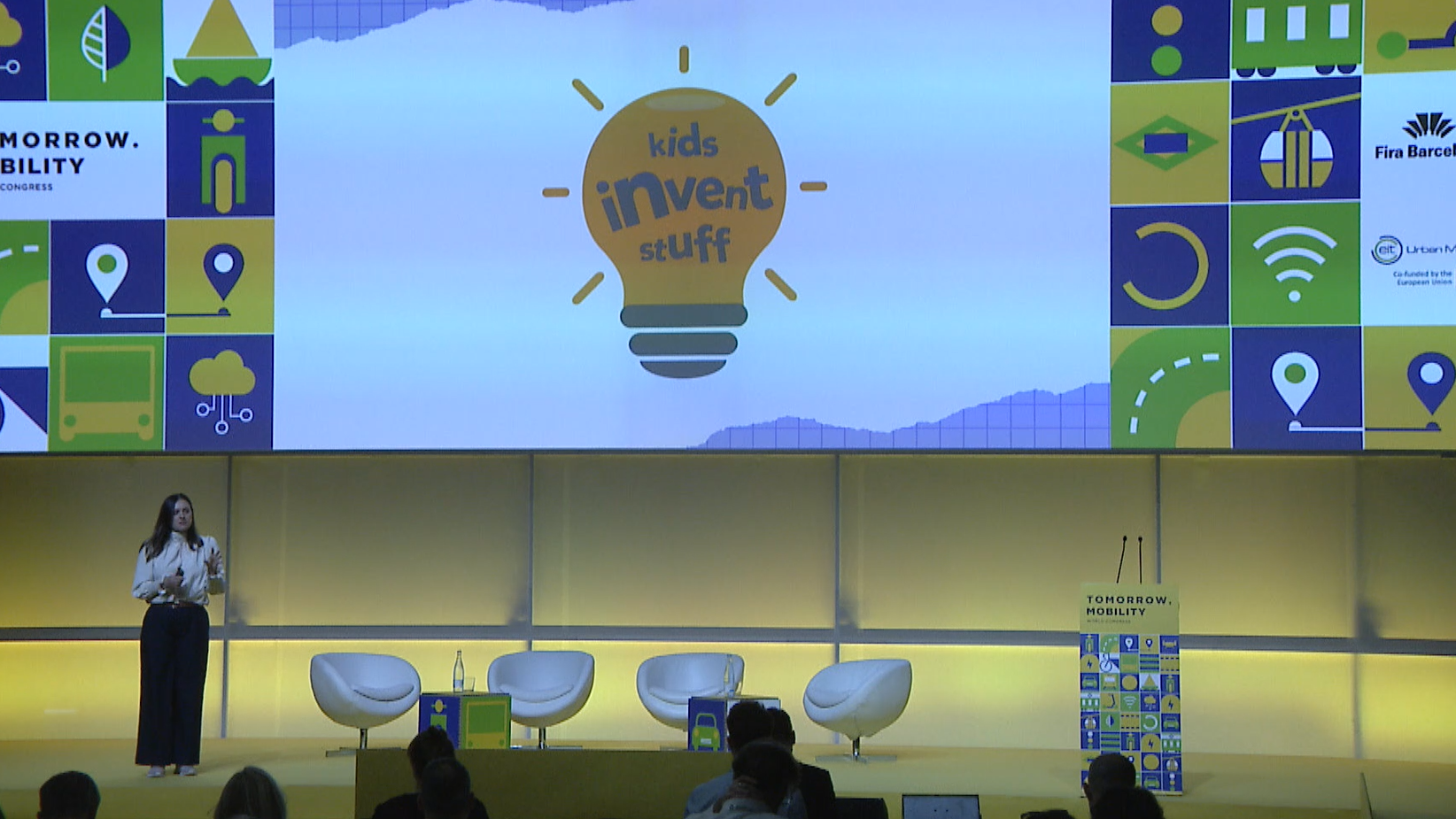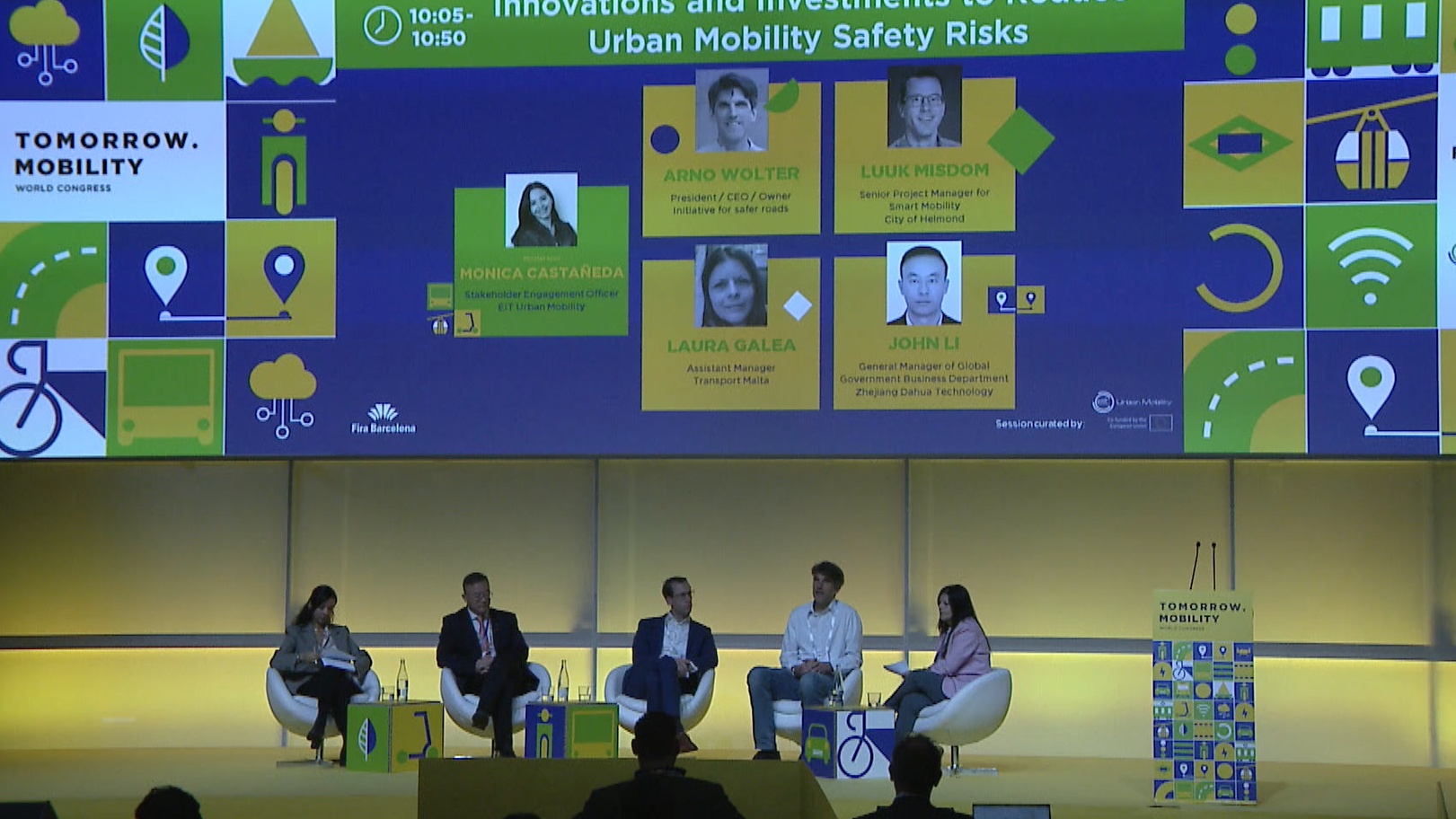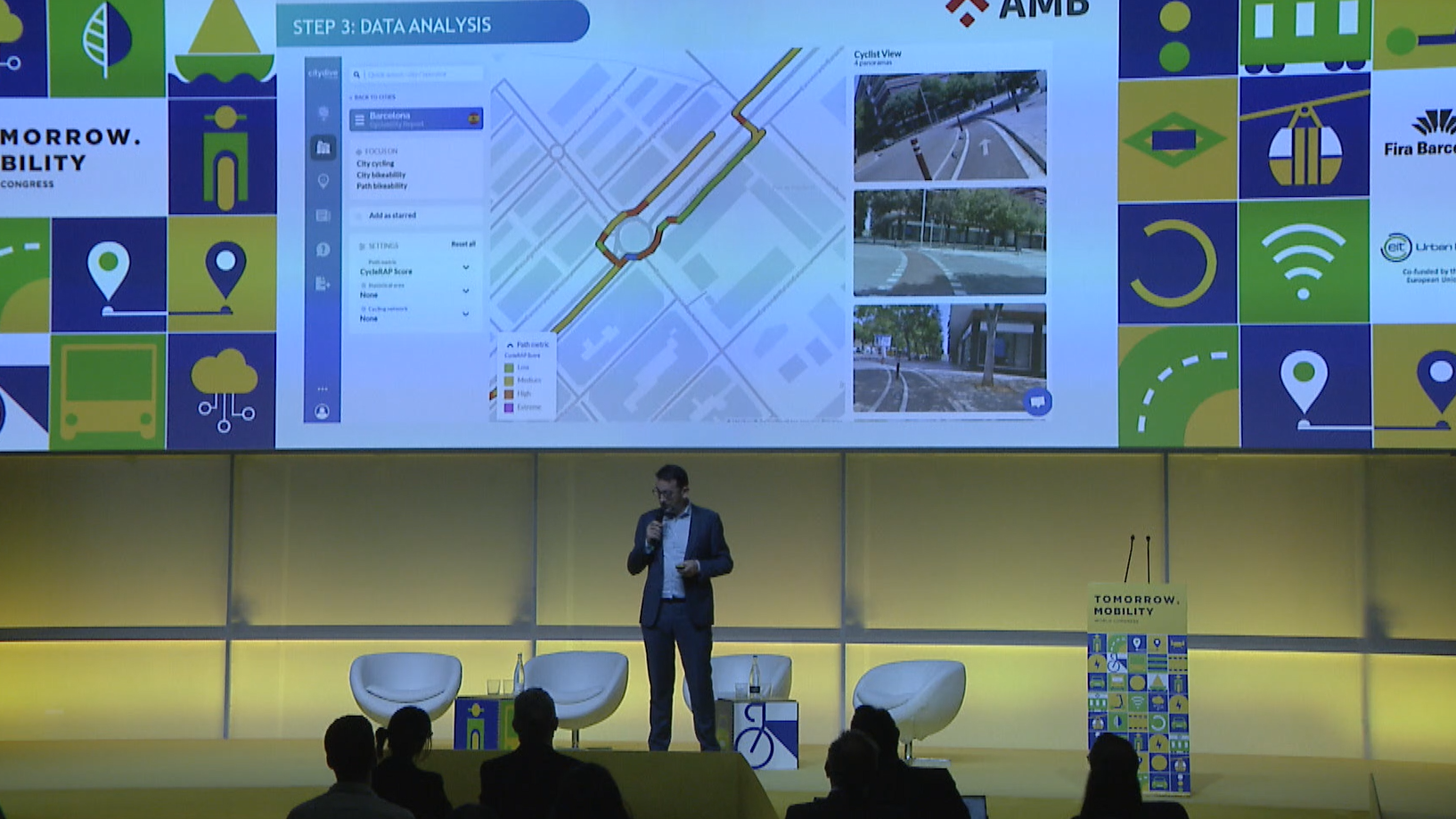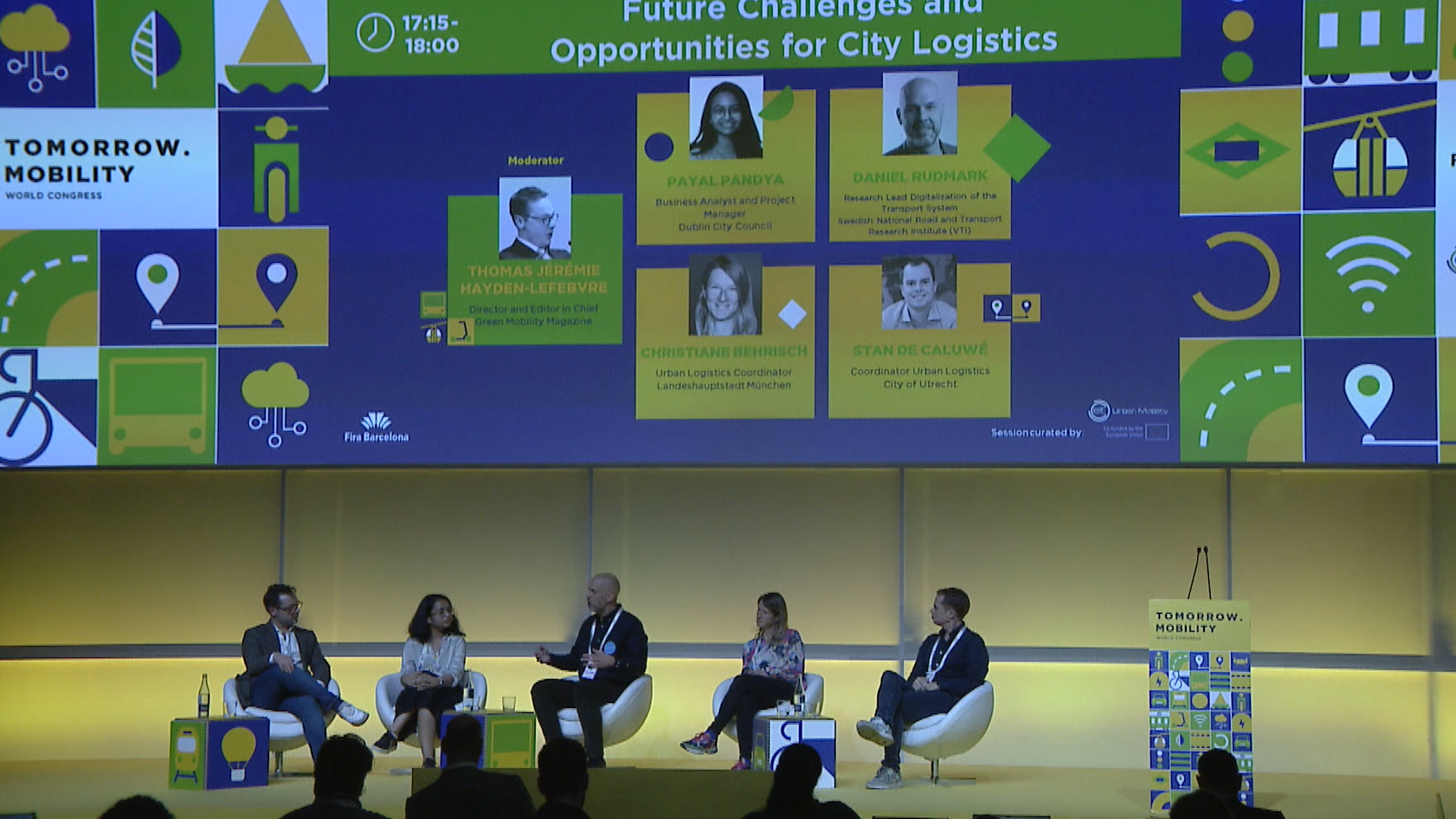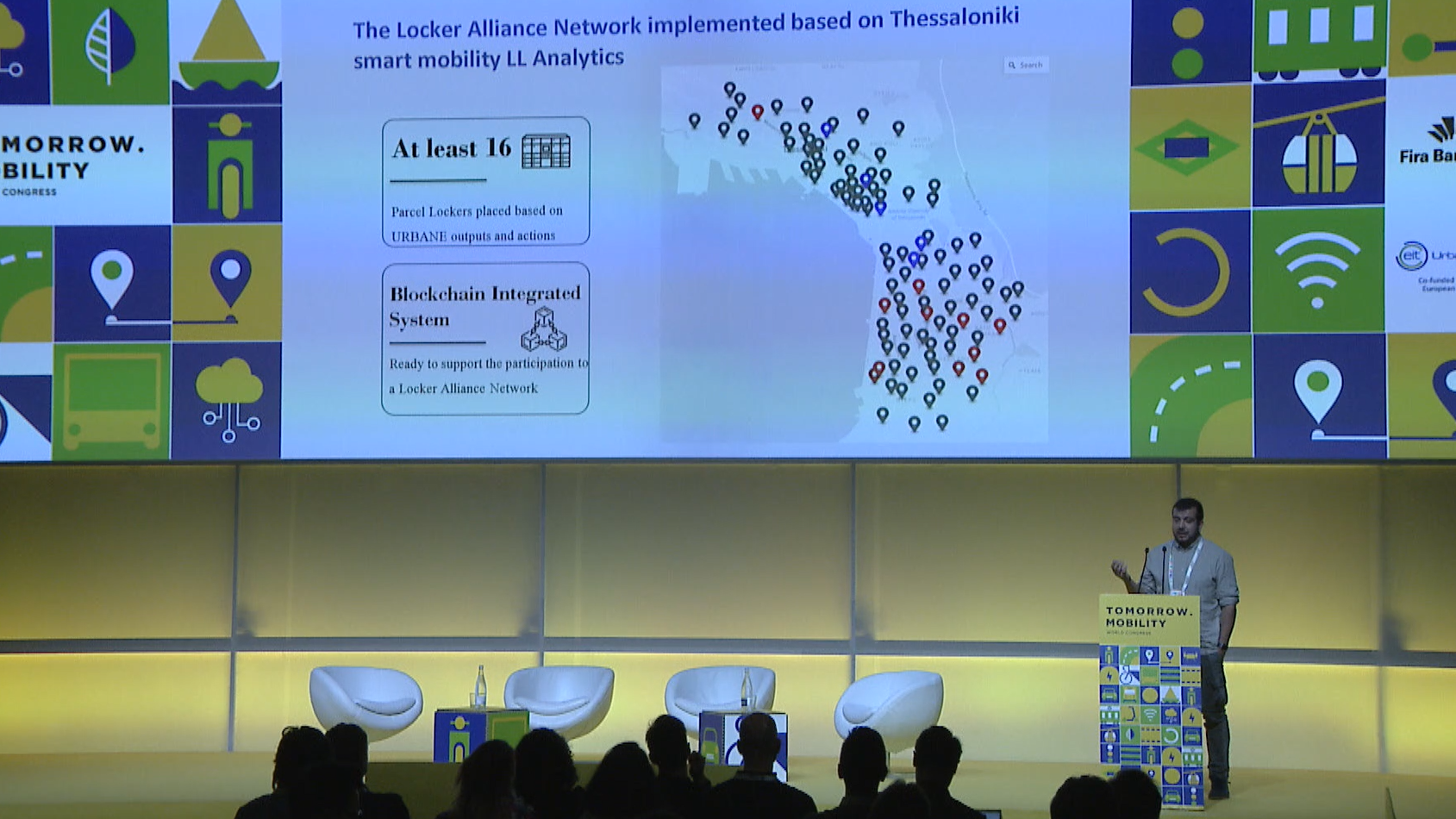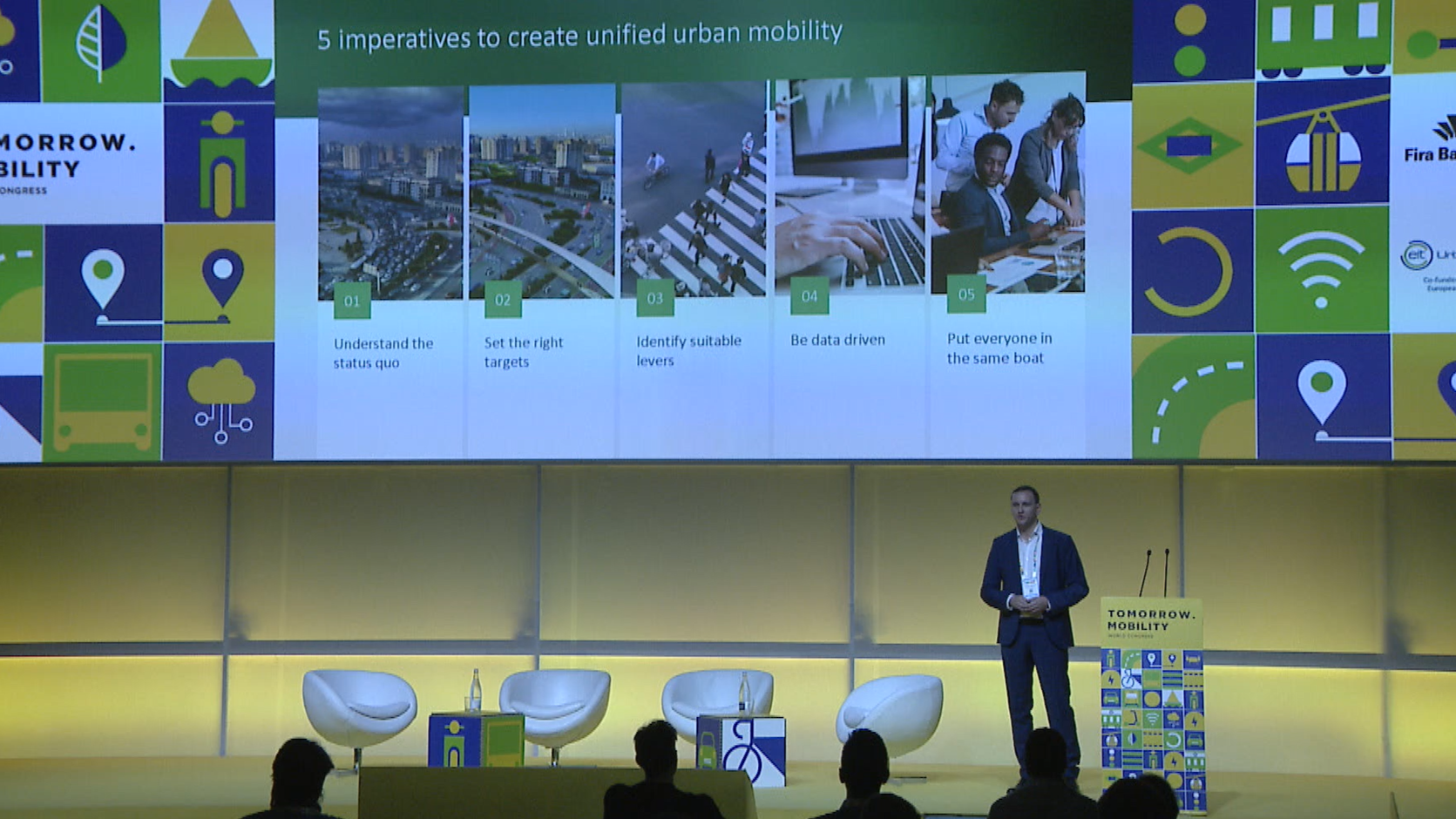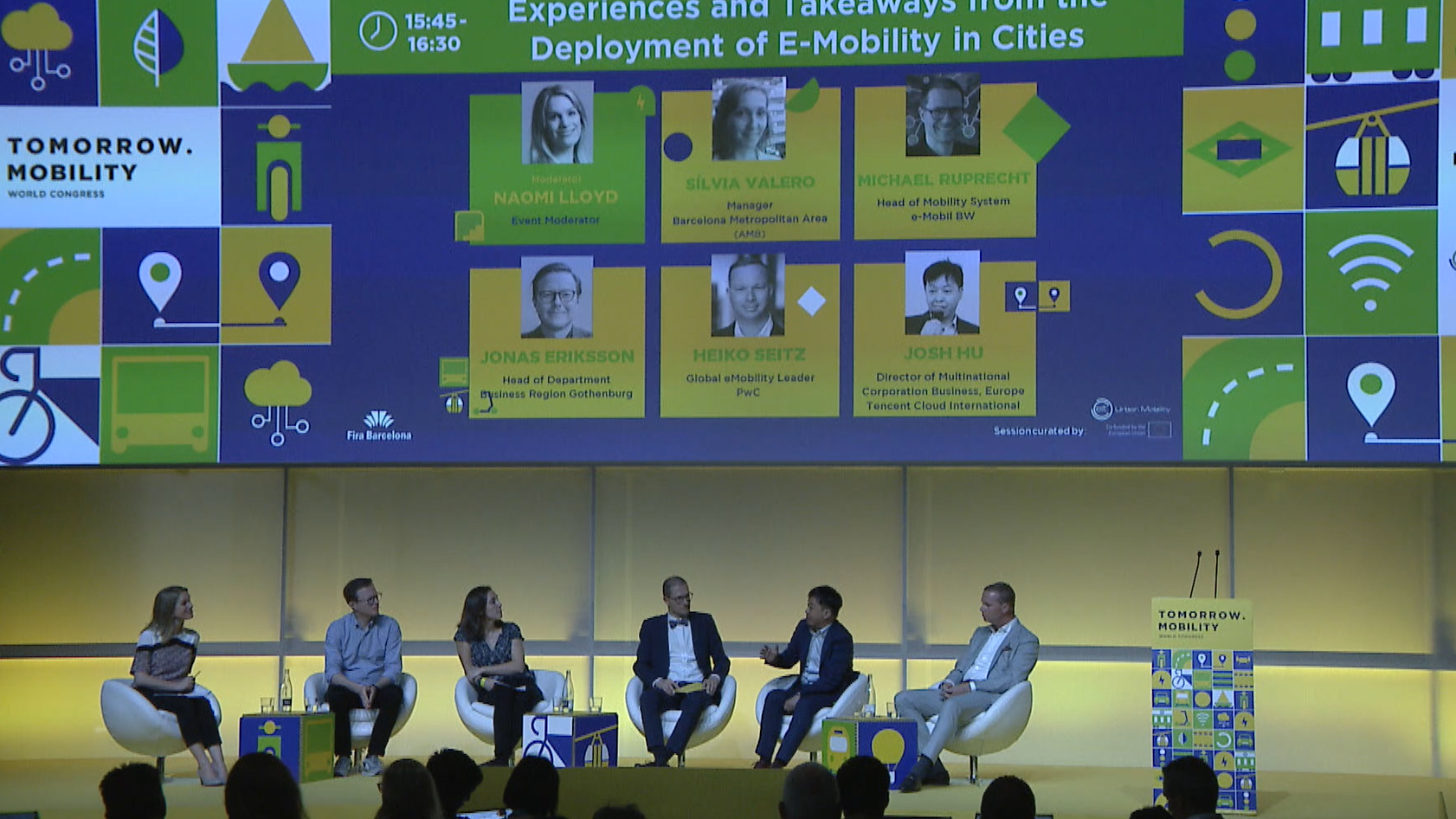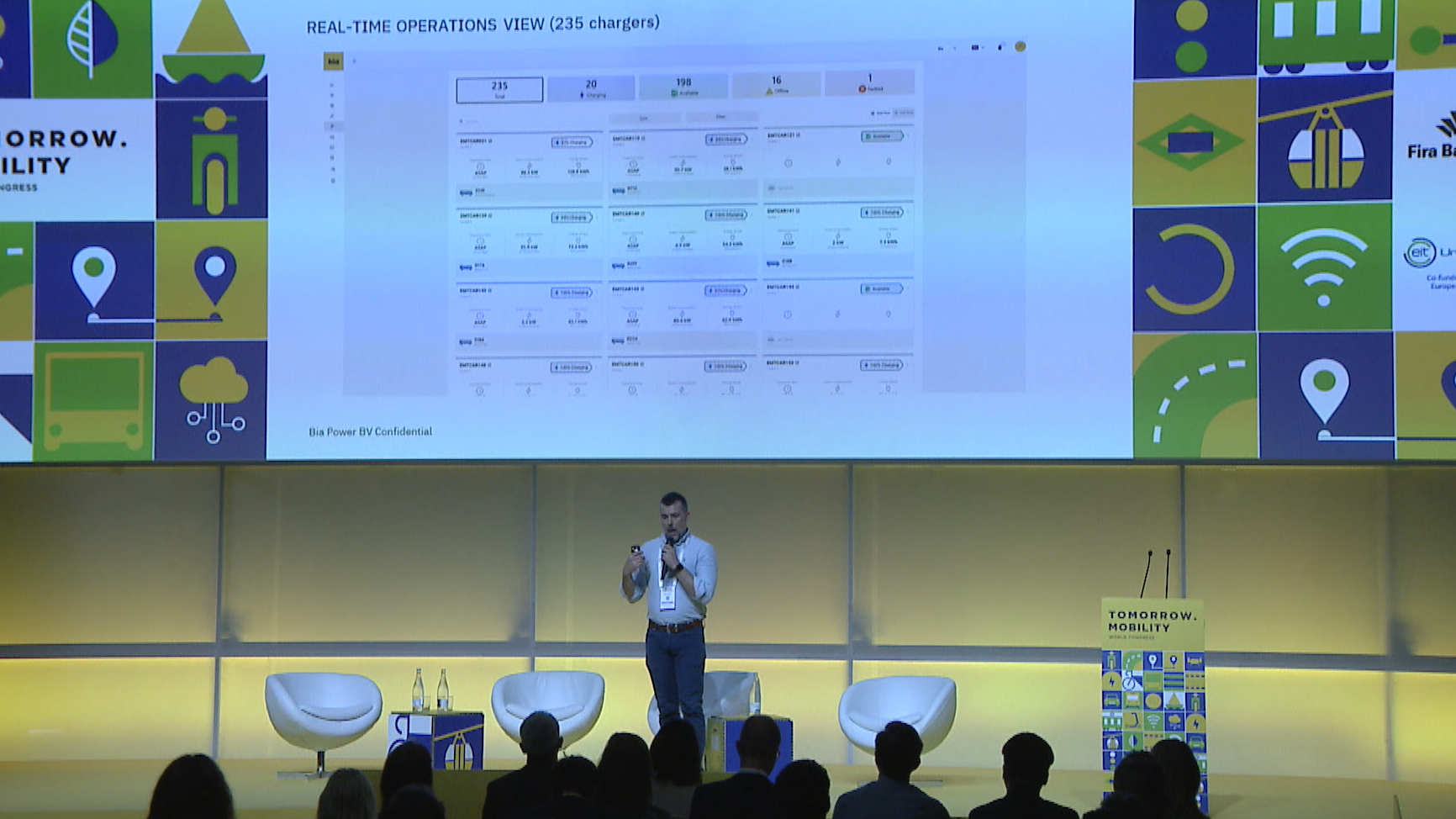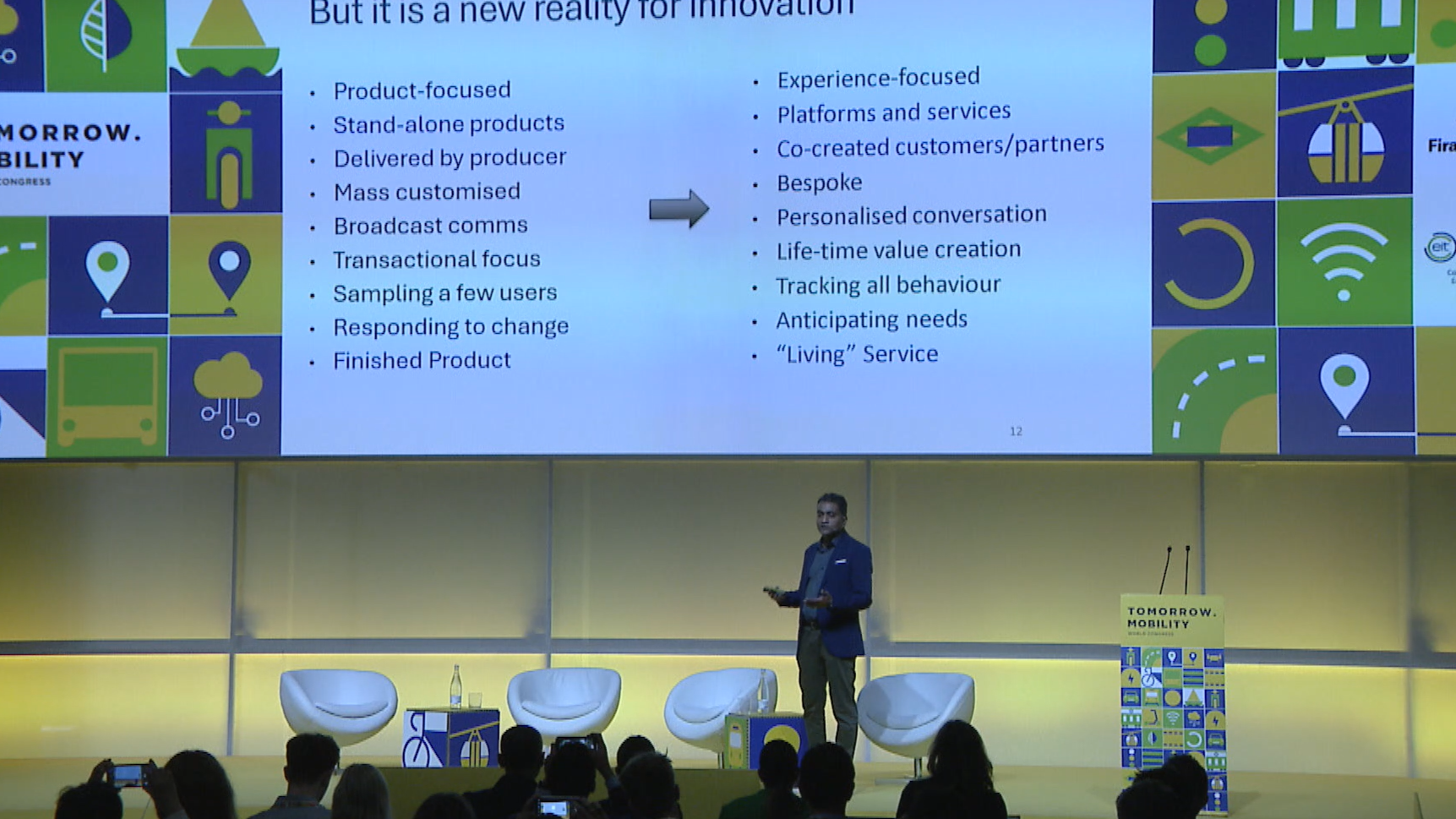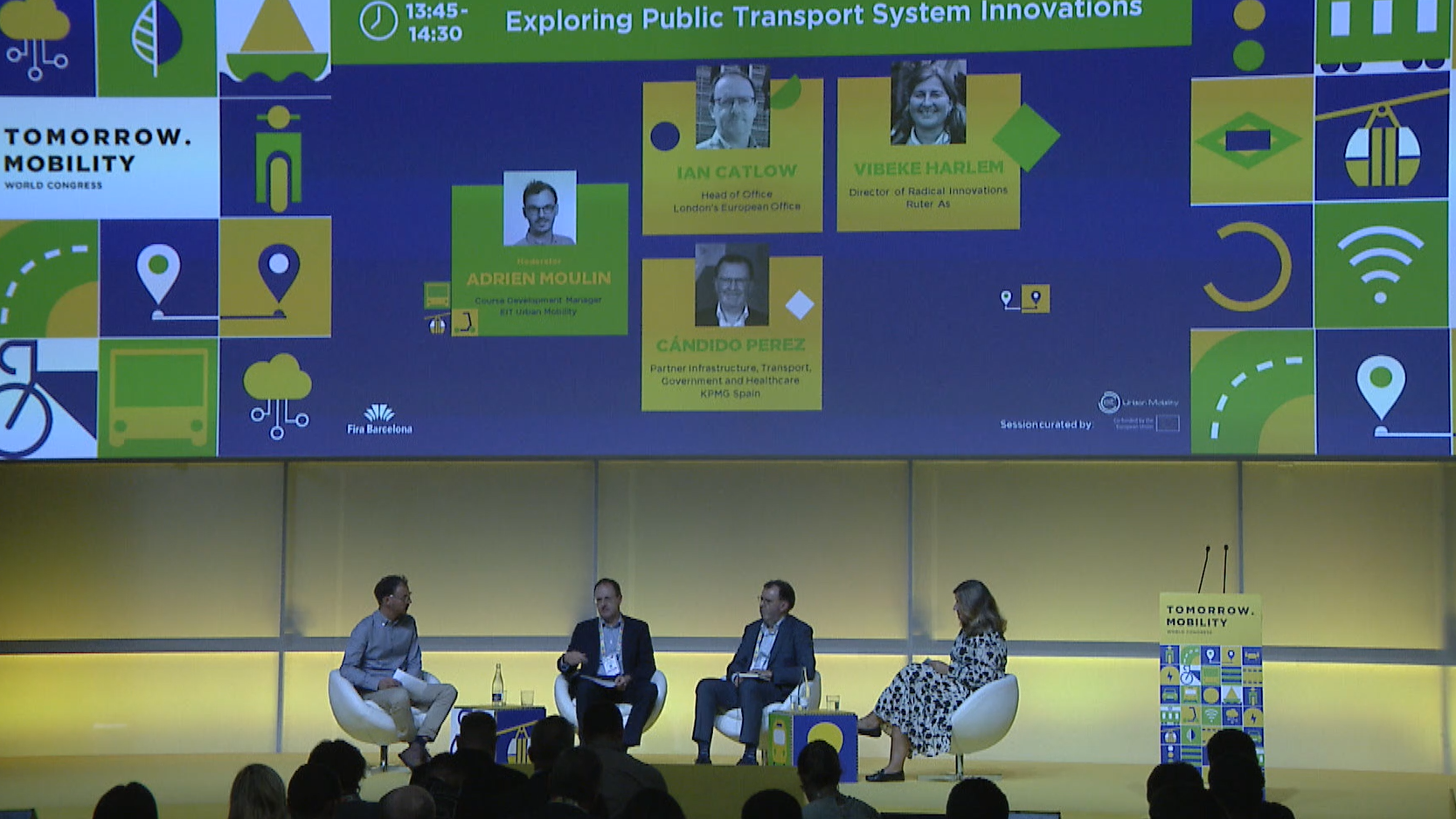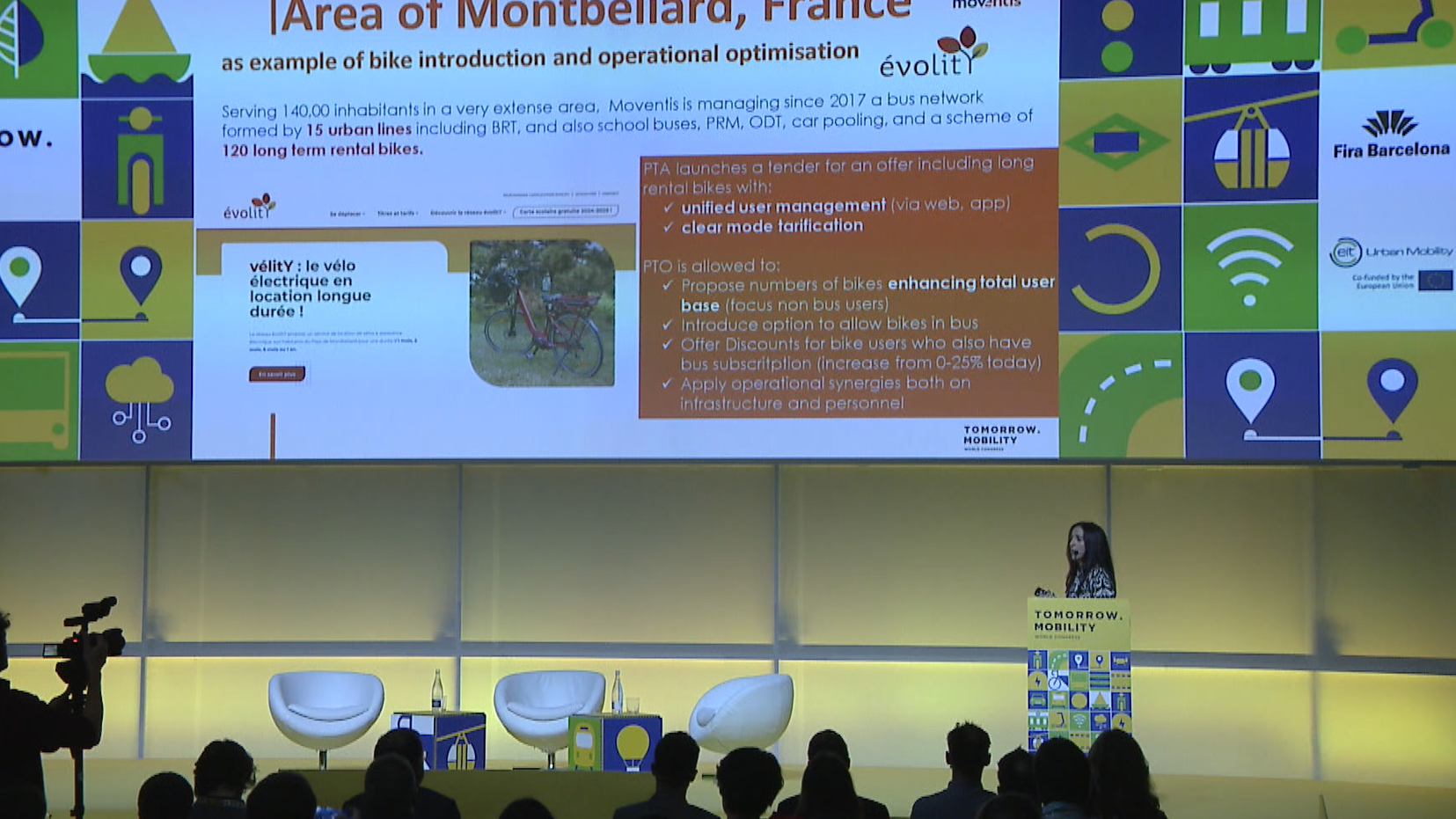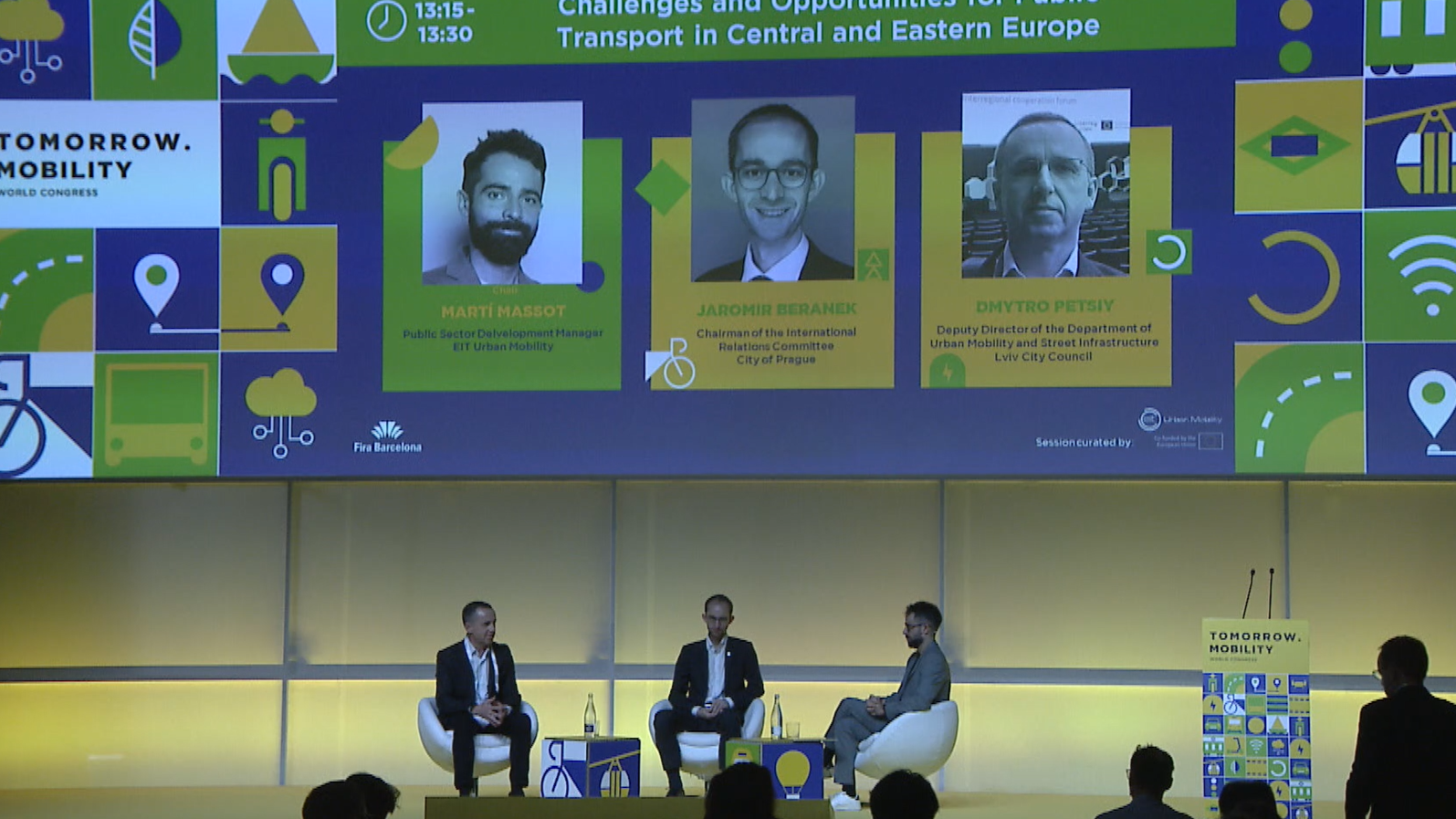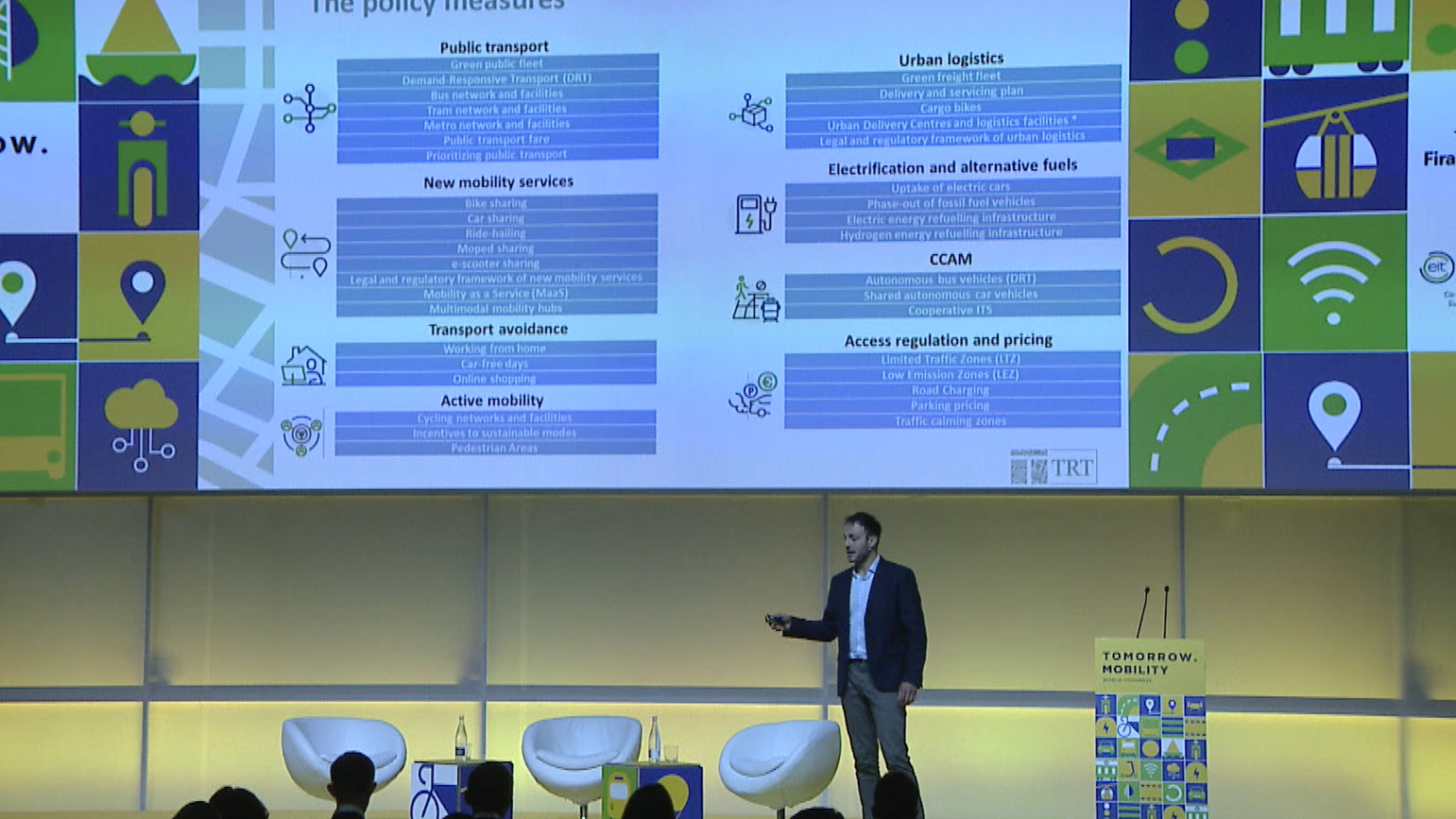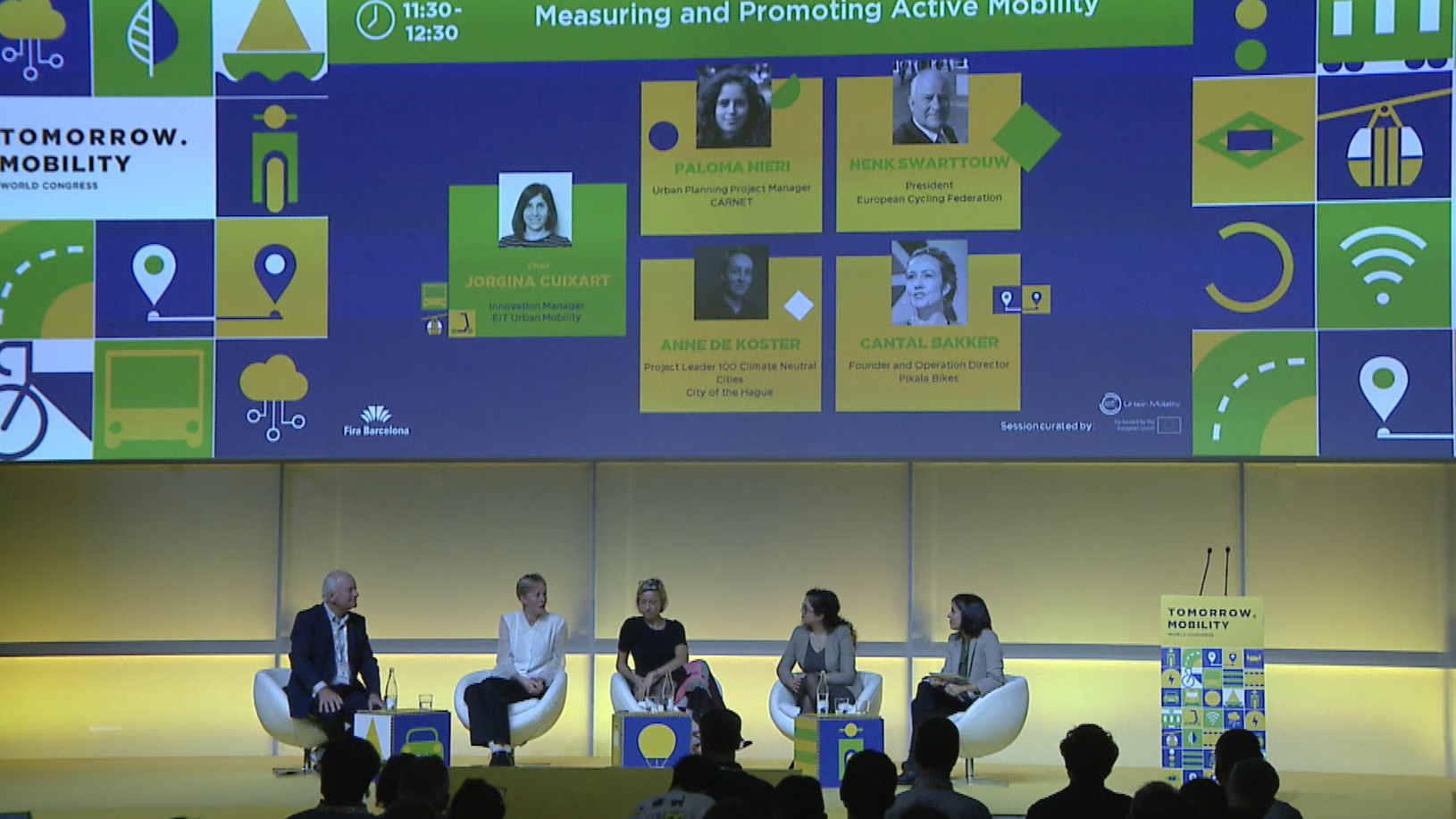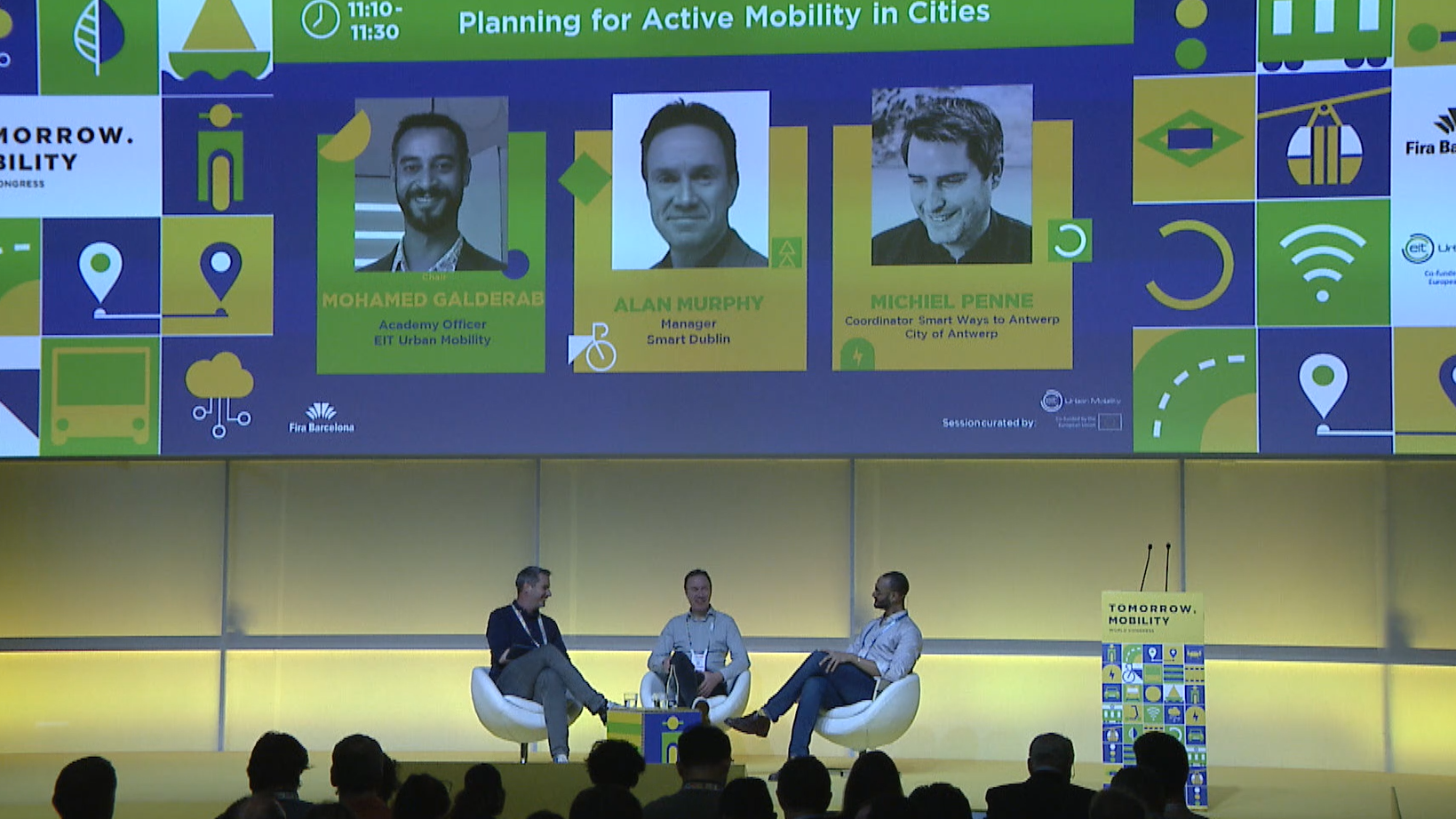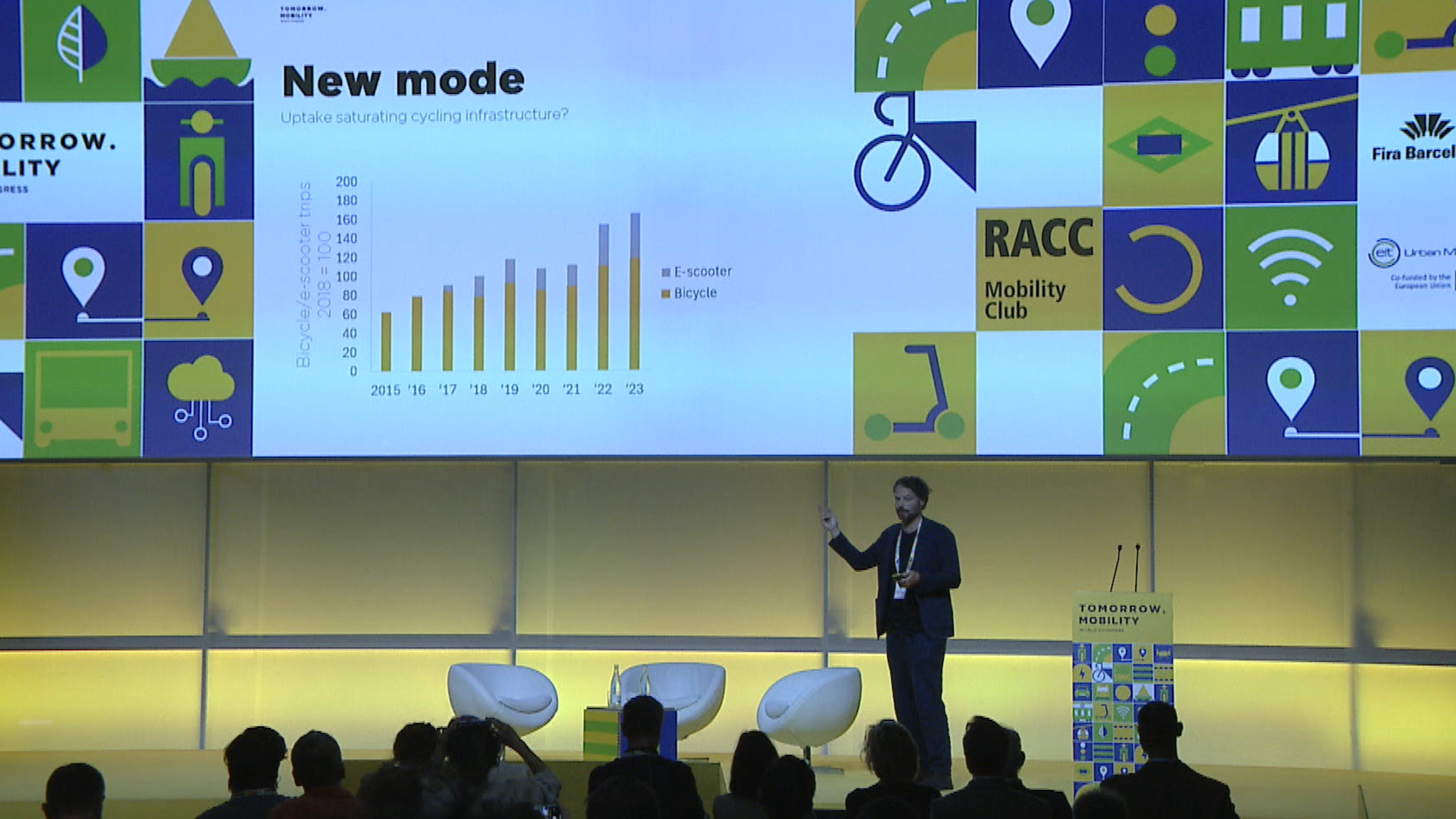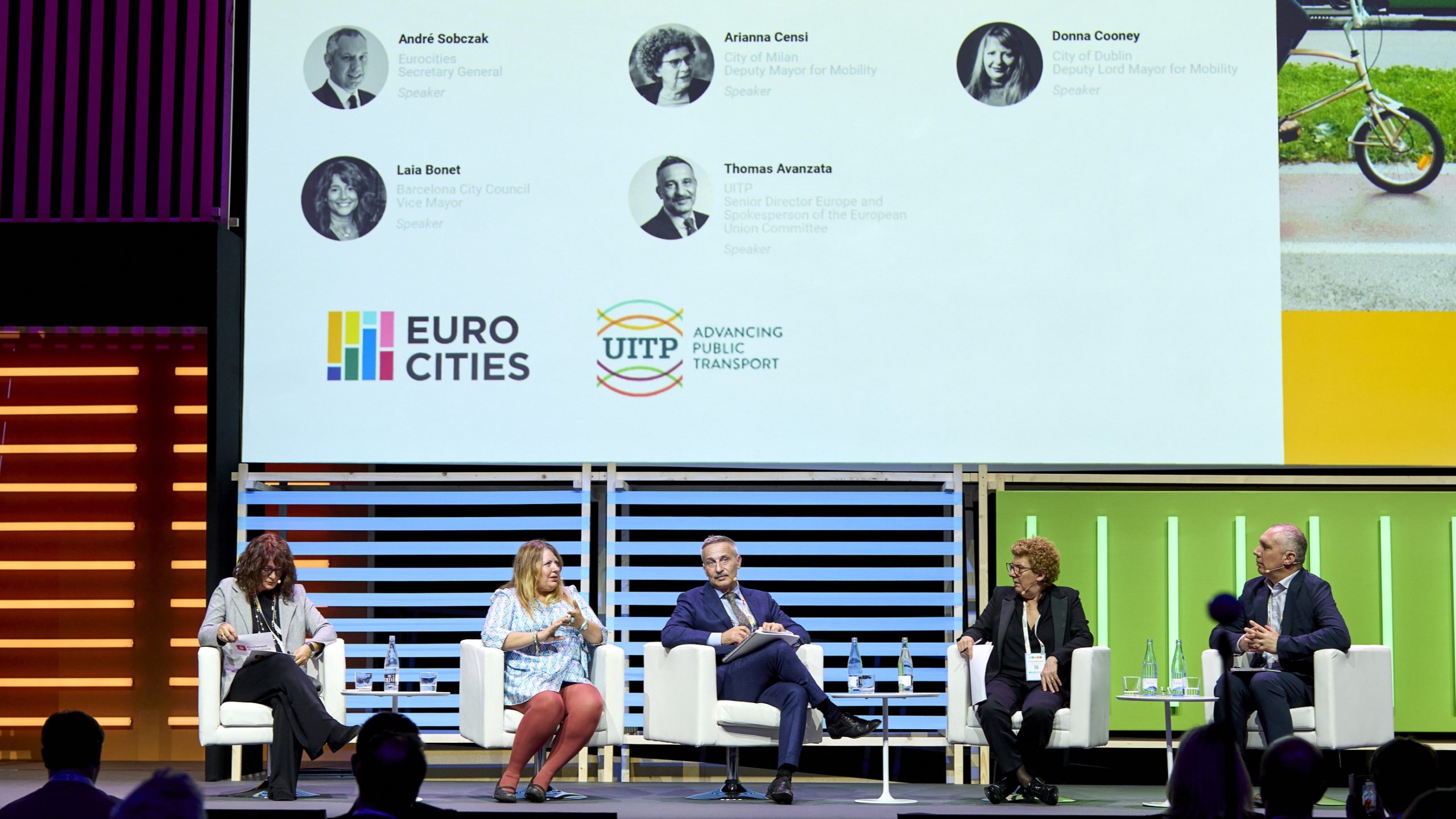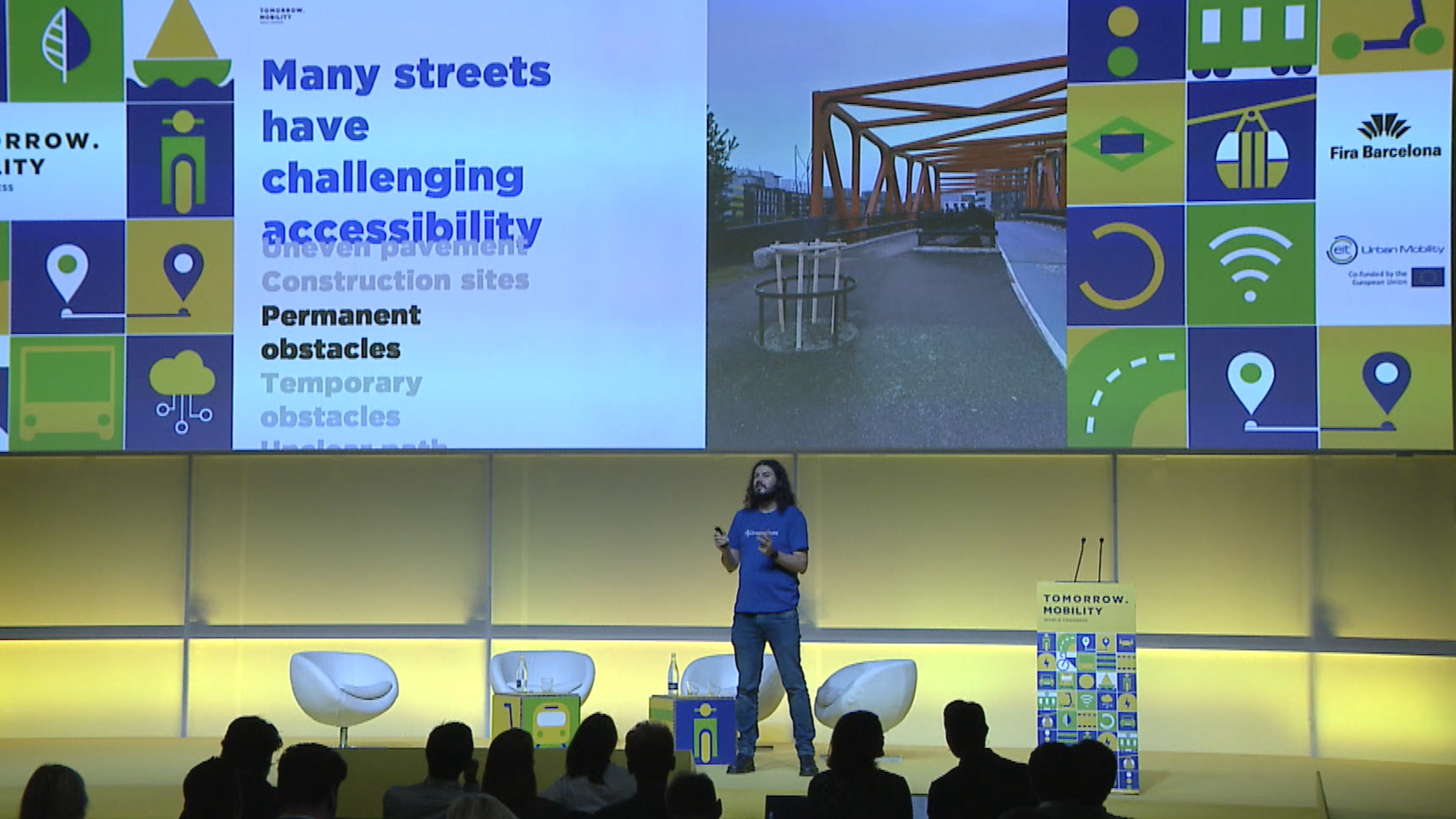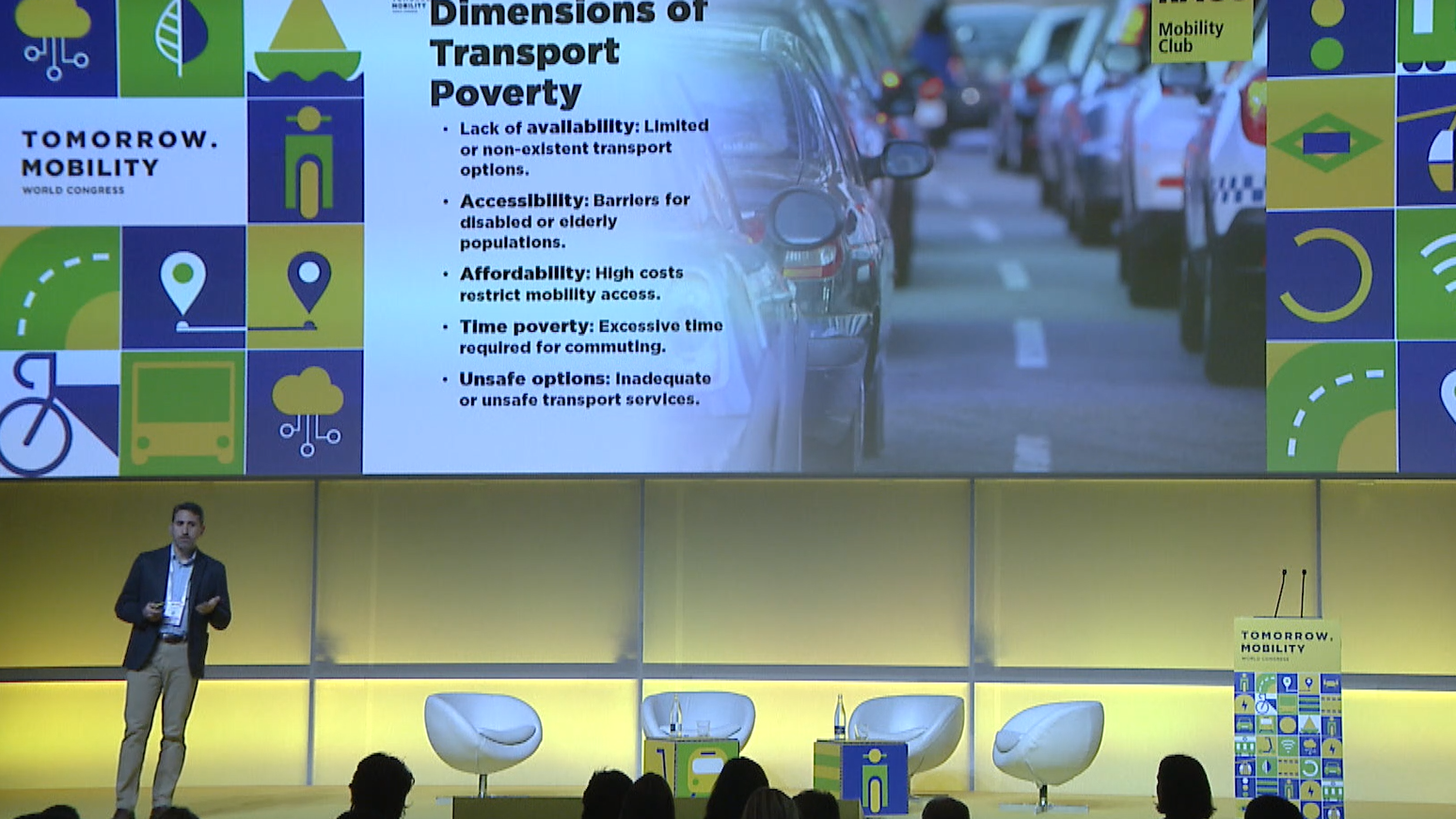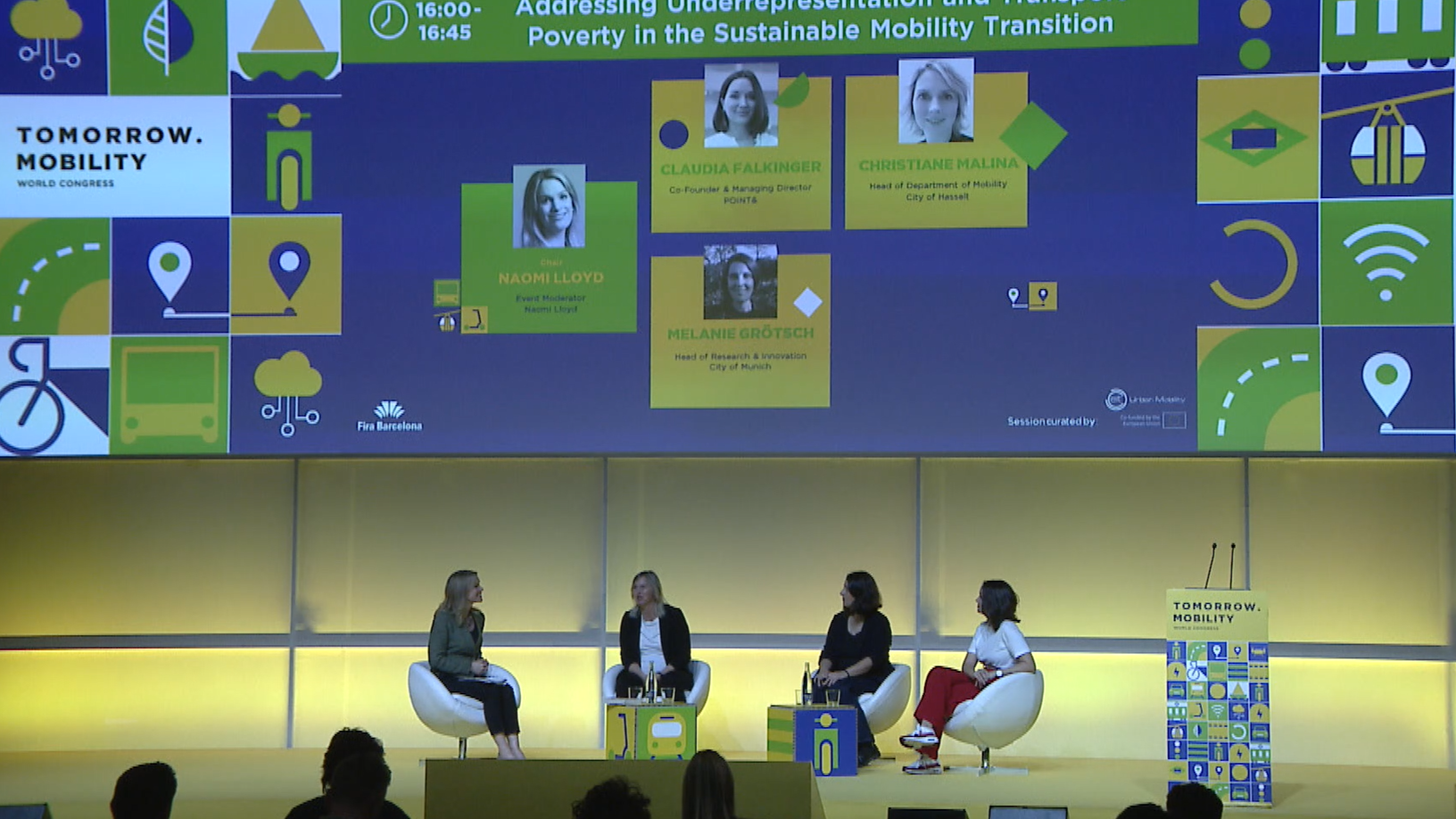Author | Raquel C. Pico
One of Steve Jobs’ most effective tools was taking his employees for walks through the streets of Cupertino, the home of Apple’s headquarters, whenever he needed to have important conversations with them. While it may appear to be a revolutionary concept, Jobs is just one of the latest examples of what creators have been doing for a long time. For centuries, walks have served as a time for reflection, introspection, and creativity for many of them. They can also be the perfect opportunity to oxygenate the brain and simply pause for a moment.
The list of creators who have discovered the key to their work during walks and breaks in their day is extensive. Furthermore, this habit is quite easy to emulate, especially now that some companies are developing tools to simplify its integration into daily life. Some companies are even advocating for a shift in the corporate paradigm, promoting walks as a source of healthier management practices. WalkingTalking is a tool that transforms traditional meetings into walking sessions.
“Meetings on foot promote physical activity, which offers numerous health benefits,” the company claims on its blog. “When employees engage in discussions while walking, stress levels are more likely to decrease, and energy levels increase,” they add. As a result, creativity flows, fostering a “more vibrant” corporate culture.
In fact, science supports this: Walking aids in processing information and recharging the brain. It is also much greener than other activities. WalkingTalking also highlights the corporate advantages of sustainability, as space and energy demands are reduced—no need for a meeting room with heating or air conditioning. Walking reduces the carbon footprint in one way or another.
The science of walking

A study conducted a few years ago by researchers from various Chinese universities demonstrated a strong connection between emotional and mental health and walking. To achieve this, they utilized data from previous statistics on workers in the country’s urban environments. Those who walked regularly “had better emotional health than those who did not,” they stated in their conclusions.
The data indicates that the duration of walking is less important than the consistency. For instance, those who walk daily outperform those who walk only occasionally, regardless of the urban environment. While it is true that some areas are more conducive to walking, the researchers found that even individuals living in more polluted neighborhoods displayed positive emotional health outcomes when they walked consistently.
Their conclusions align with the findings of a meta-study conducted by researchers from British and Australian universities, with the data pointing in the same direction. Although they caution that there is still room for improvement in the studies and areas researched, the scientific evidence supporting the mental health benefits of walking “is growing.”
The benefits of a good walk

In general, science has already demonstrated a connection between urban spaces, their design, and the mental health of the population. Walking offers benefits even in intangible areas, such as decision-making and clearing one’s mind, making these types of habits so potentially valuable in the corporate world.
Enhancing self-knowledge positively impacts how everyday challenges are approached and managed. From a corporate perspective, walking fosters clarity in decision-making, team management, and negotiating challenging issues. The headquarters of some major tech companies already feature areas designed for walking, such as green spaces and hiking trails. Klaus Schwab, founder of the World Economic Forum, takes his teams to the outskirts of Geneva, Switzerland, to tackle complex issues while walking.
A study by experts at the University of Hong Kong found that when people walk together, their movements become synchronized, which in turn fosters the establishment of bonds. The perception of the other person becomes more positive, and ideas are negotiated more easily, as synchronization is achieved with each step.
According to Walking Talking, walks provide opportunities to strengthen team bonds, enhance emotional skills, and promote overall well-being at every level. “The system is designed to assist teams and their leaders in integrating habits and practices that promote effective collaboration, healthy living, and a clear alignment with team goals,” they explain. It also enhances team collaboration and fosters a flexible, creative culture within the company.
At the same time, it may offer other intangible benefits. As highlighted on the company’s blog, unwanted loneliness has become a “significant” issue that is often overlooked. In a work context, this can result in employees feeling “isolated.” Walking can encourage connections between people and promote meaningful dialogue.
The potential of walking for dialogue
The importance of urban design is crucial to all of this. The inclusion of green spaces is essential not only to create areas more resilient to the climate emergency but also to enhance people’s physical and mental health. The walkable city places people at the heart of urban life, encouraging them to leave their homes and vehicles behind, enabling them to navigate the city on foot. Creating walkable cities is essential for encouraging everyday tasks to be completed on foot, as it removes the psychological barrier between what people perceive as possible or impossible to accomplish by walking.
This urban pacification and pedestrianization helps reduce traffic, emissions, and noise pollution, while also promoting a more active lifestyle for residents. These changes make long walks more accessible, leading to the numerous benefits associated with regular walking. Studies have shown that walking outdoors benefits both anxiety and depression, offering advantages that cannot be replicated by treadmill exercises indoors. Similarly, walking enhances physical health, serving as an antidote to the growing issue of sedentary lifestyles.

However, this is only part of the equation; creating the right environment must go hand in hand with encouraging and strengthening these types of habits. Understanding the value that walking brings to society is essential and serves as an initial step in initiating this habit revolution. This should be followed by a second phase, where knowledge is transformed into action, integrating these activities as a natural part of daily life. In other words, walking should transition from being recognized as beneficial to becoming a regular habit. Finally, and equally important, is the creation of infrastructure that supports all of this, providing the necessary impetus for people to go out and walk.
Technology could be the key to achieving this. EIT Urban Mobility, an initiative of the European Institute of Technology and Innovation (EIT), a body of the European Union, are already leveraging innovation to encourage this shift in habits toward sustainable mobility. Tools such as apps and software programs can facilitate this transition by rewarding or incentivizing more sustainable habits and simplifying access to them.
In WalkingTalking, one of the initiatives supported by EIT Urban Mobility, the app helps users develop emotional and social skills while serving as a guide to make these walking meetings more effective. The software serves not only as a catalyst for adopting a new and more sustainable leadership model but also helps establish innovative ideas as a regular habit.
In short, walking not only promotes healthier cities and improves the lives of their inhabitants but also encourages companies to adopt similar practices. Technology is the key that facilitates this change and, in particular, helps establish it as the new norm.
This content was created in collaboration with Walking Talking. At Tomorrow.Mobility, Walking Talking will be exhibiting and the app available to use with full functionality for free for the duration of the event. In line with Tomorrow.Mobility’s theme of ‘walk better’, the use of Walking Talking presents the perfect opportunity to gain the cognitive and physical benefits of walking while engaging with people in your industry.
Download Walking Talking on iOS or Android and join the Tomorrow.Mobility network to create your own walk and take part in pre-planned walks throughout the week.
Photo | AzmanL/iStock






